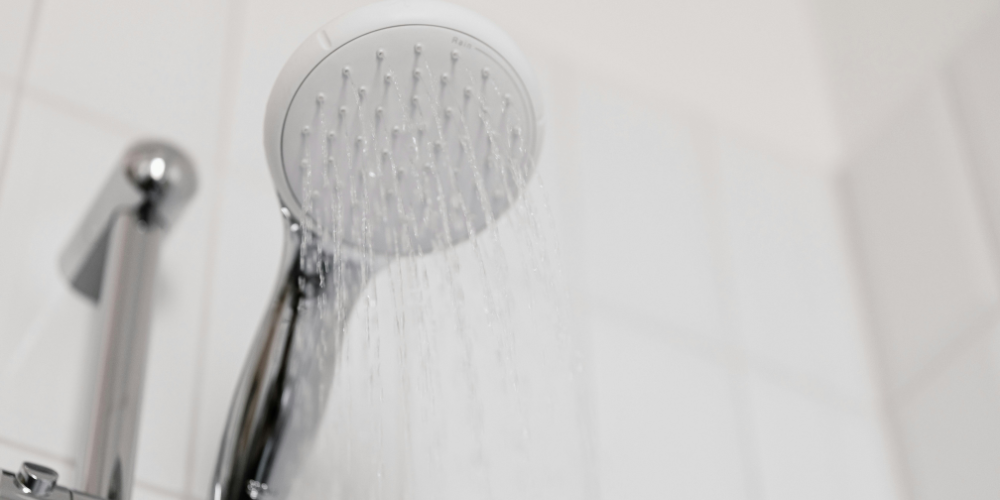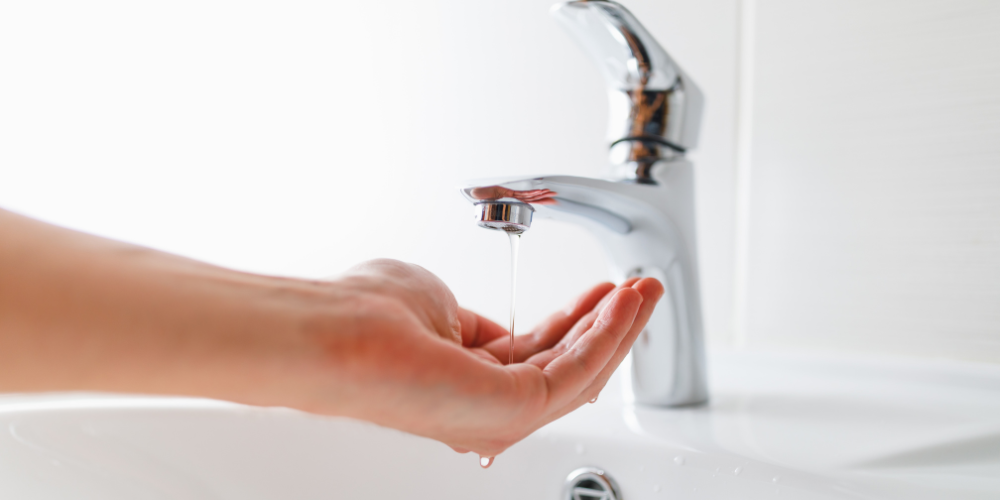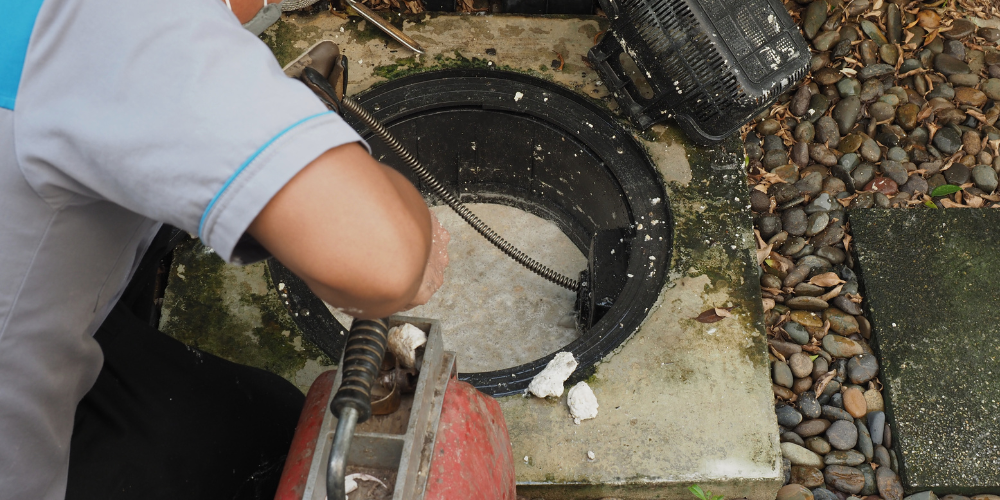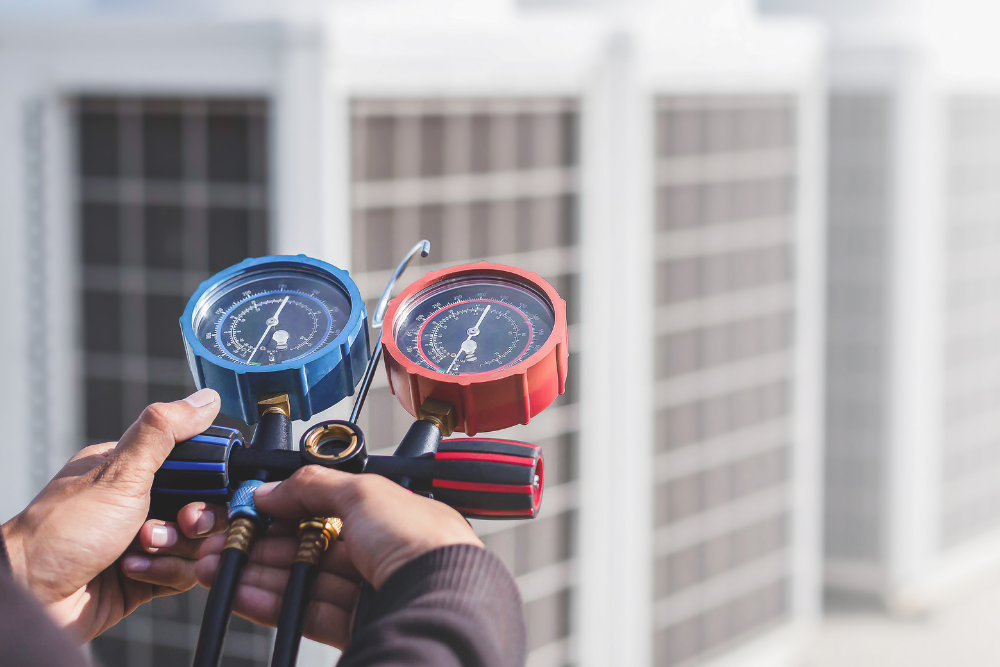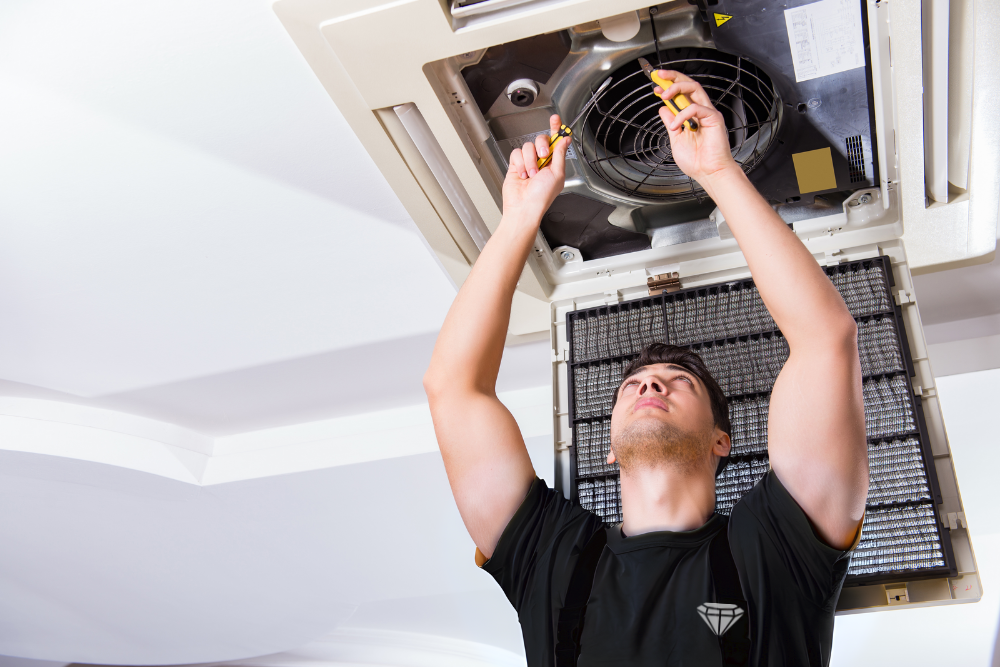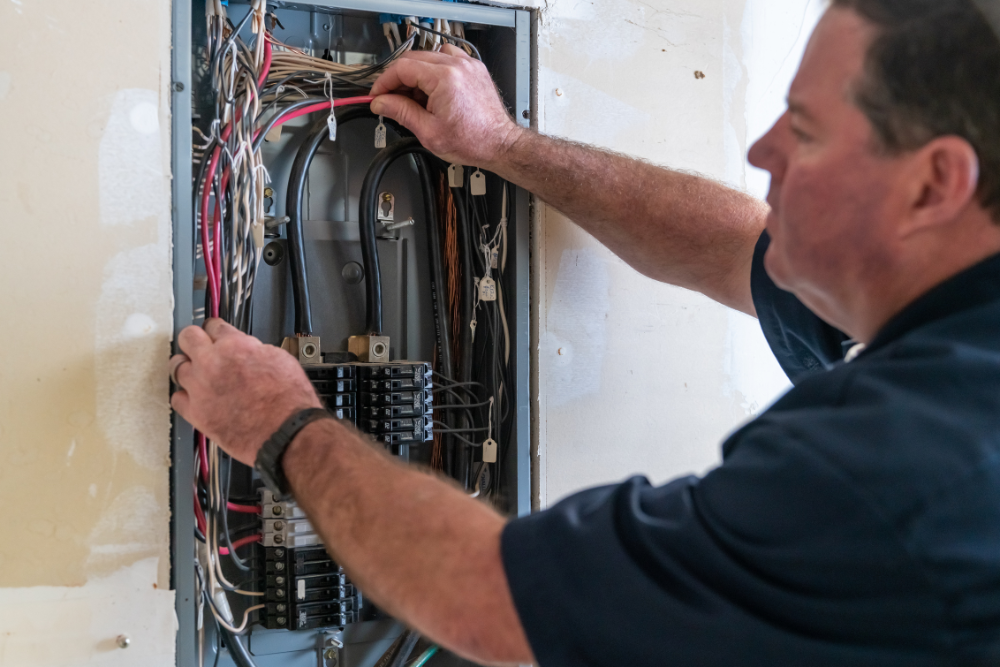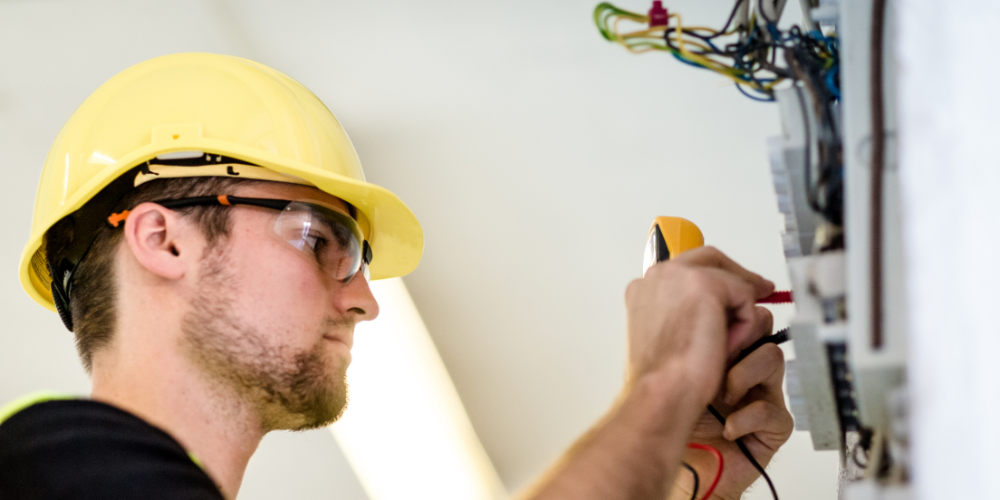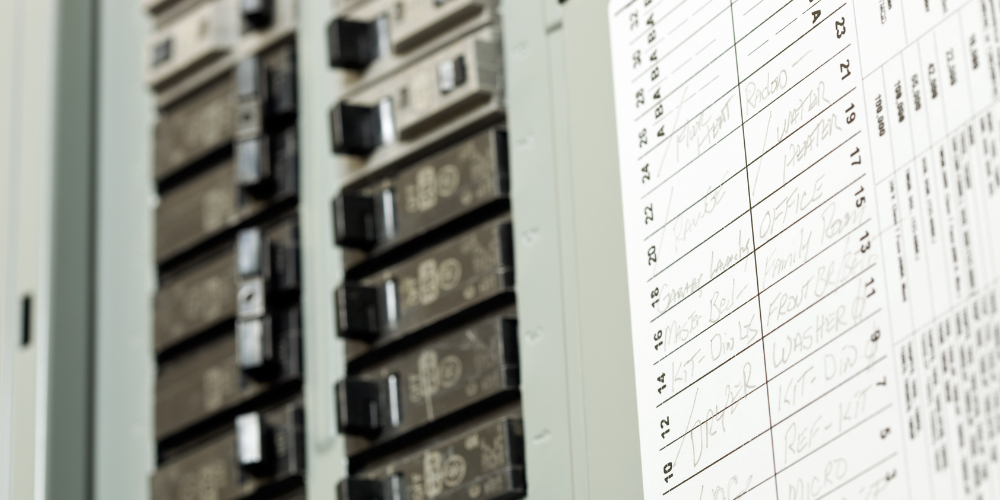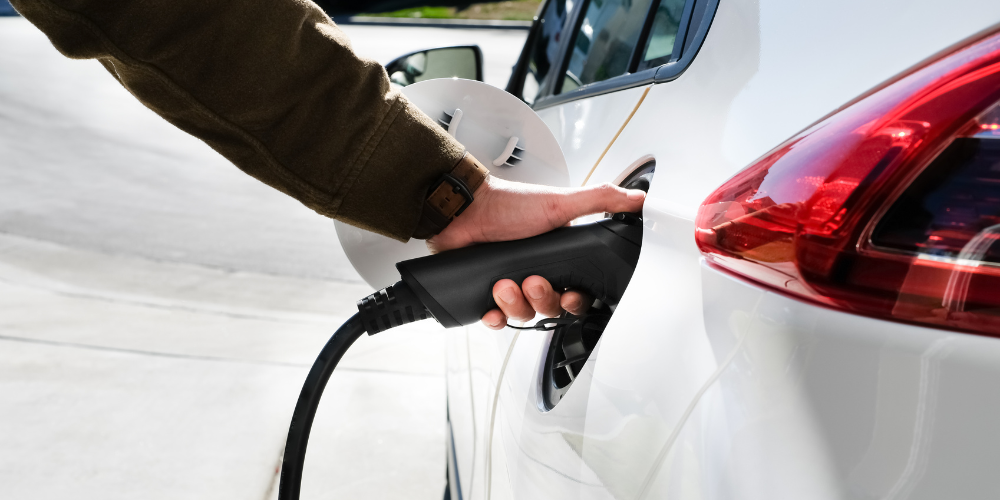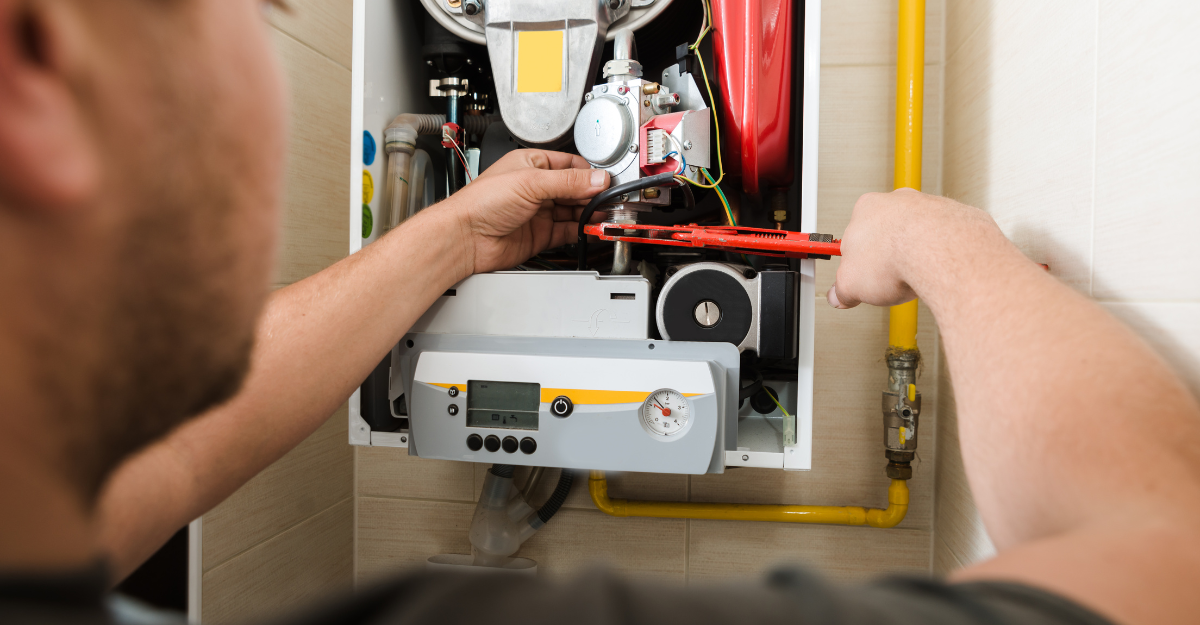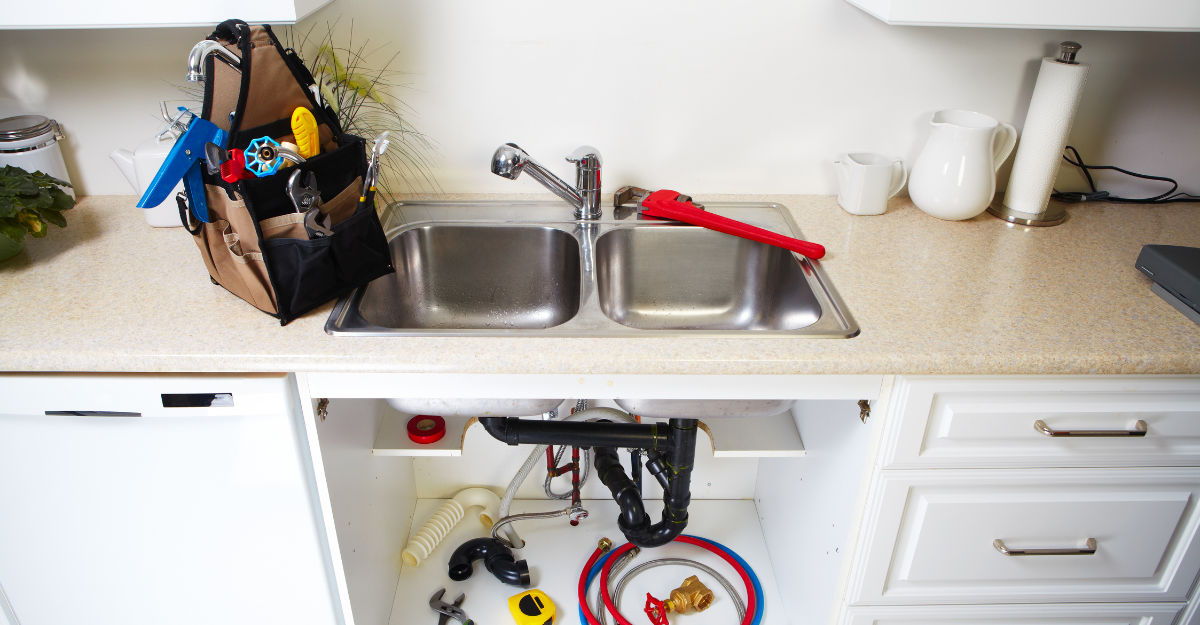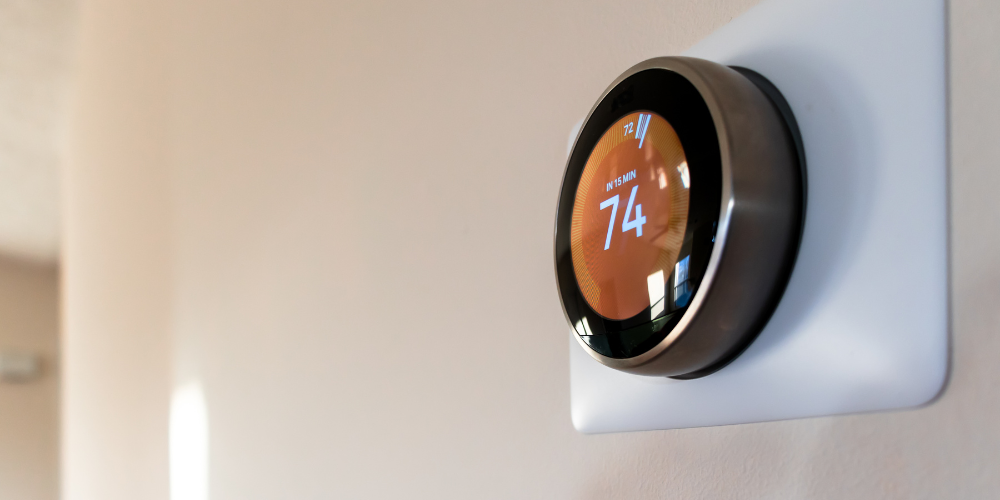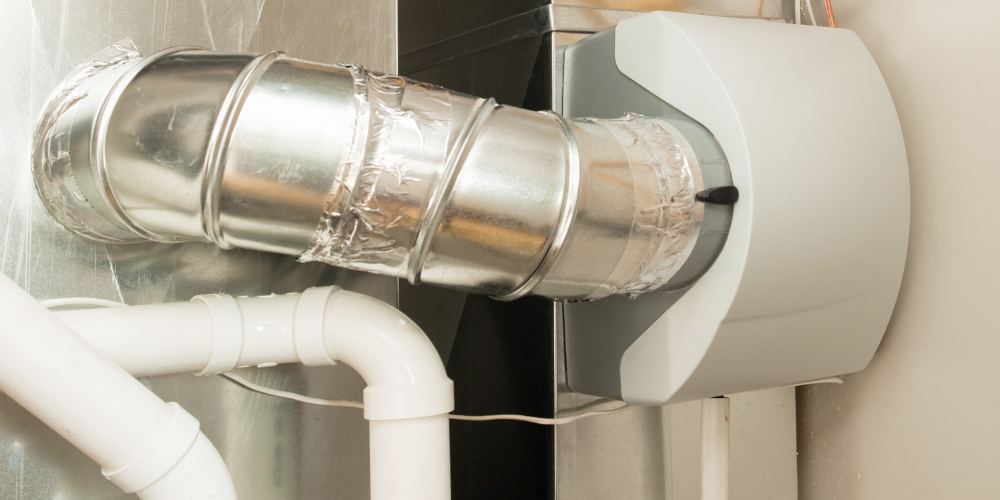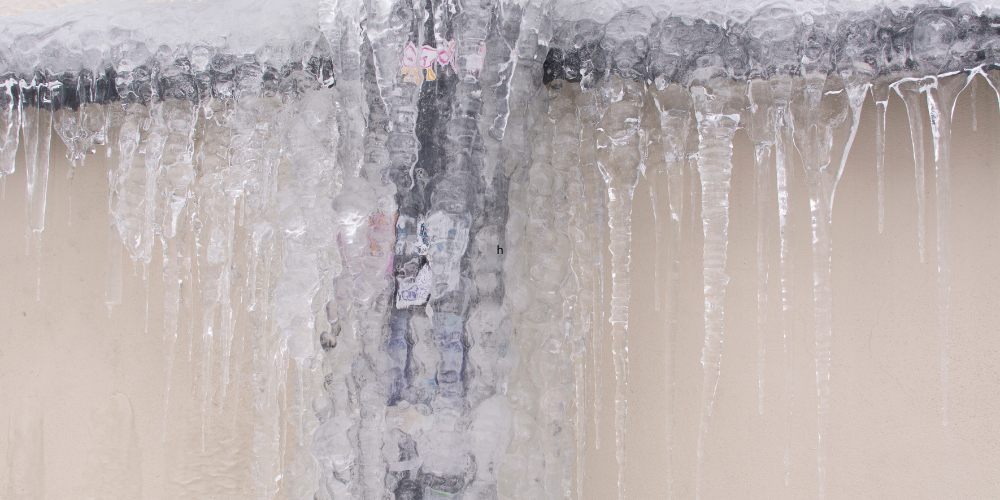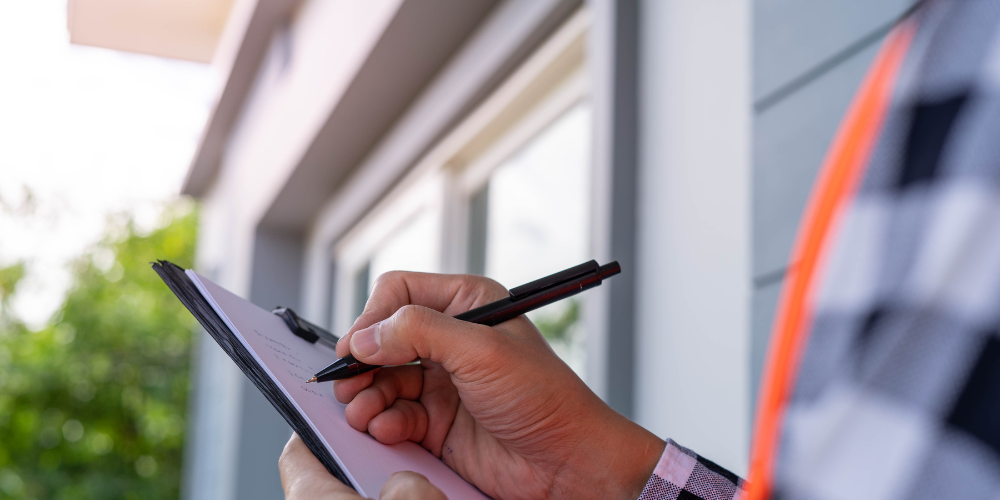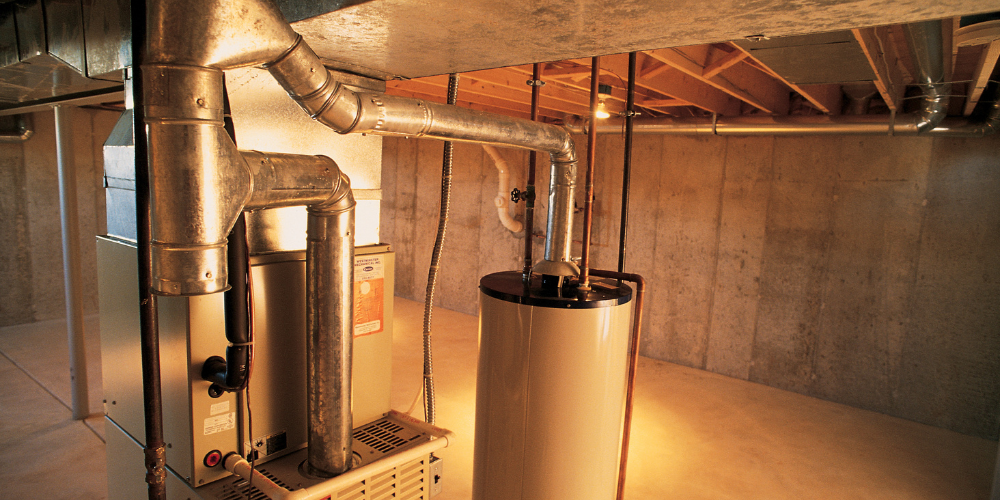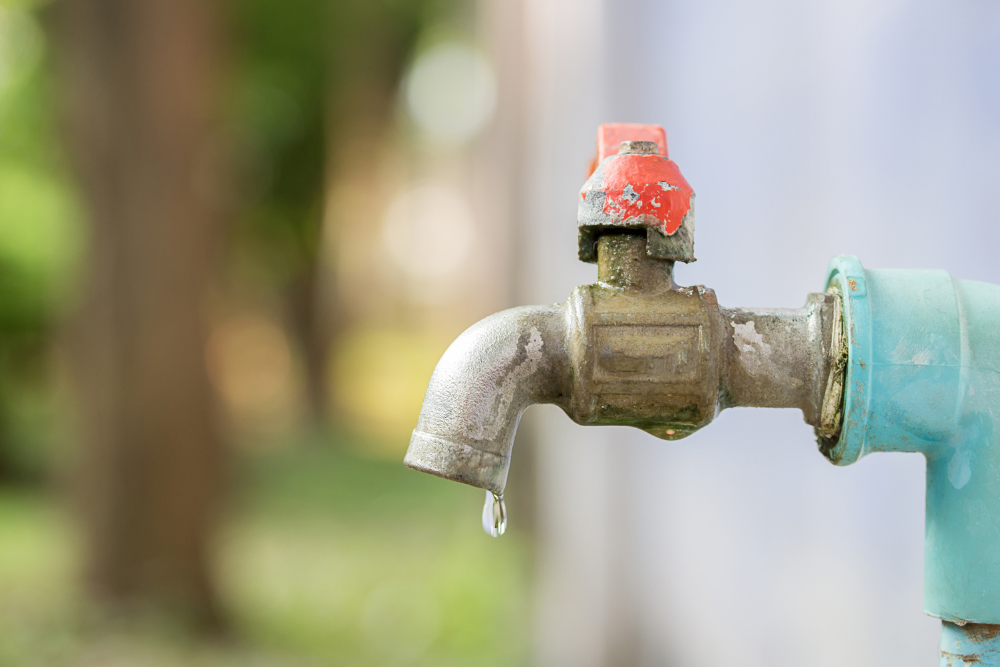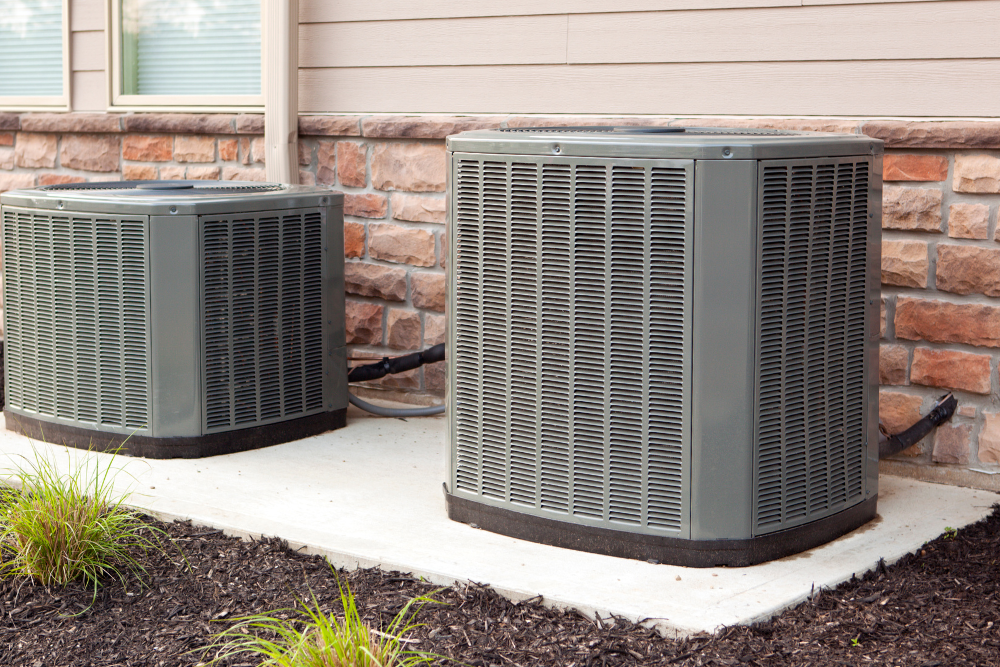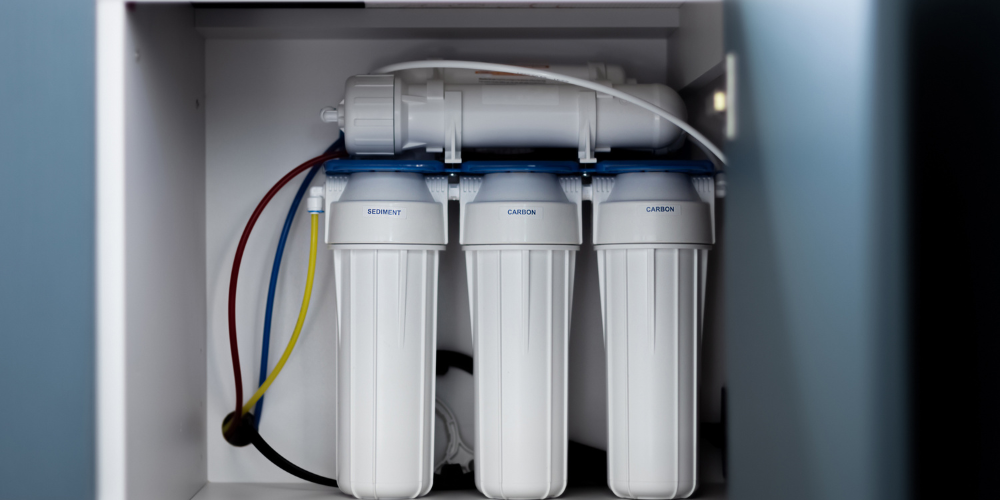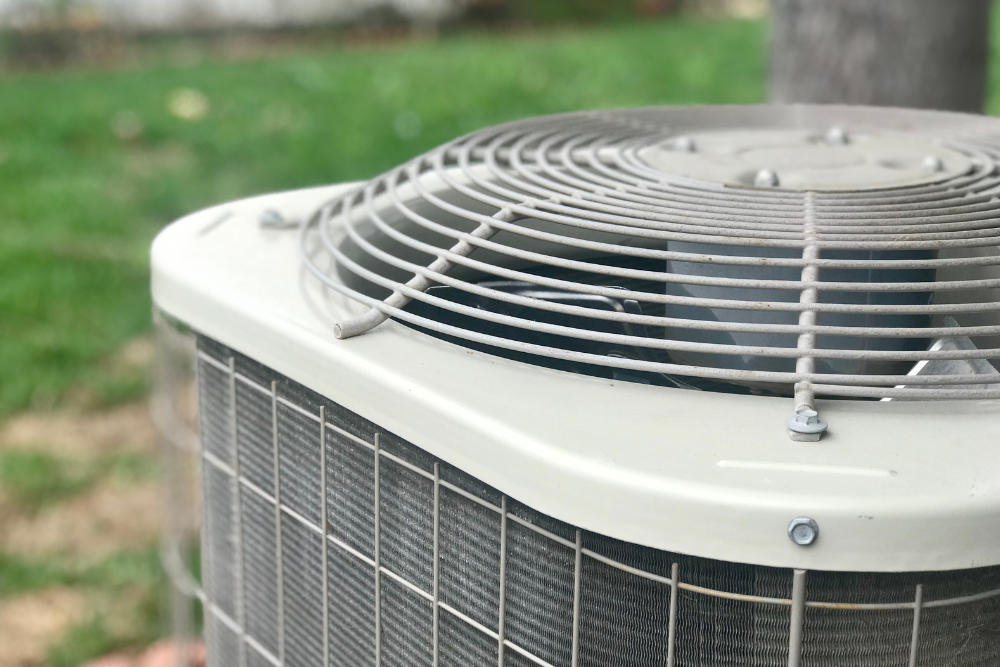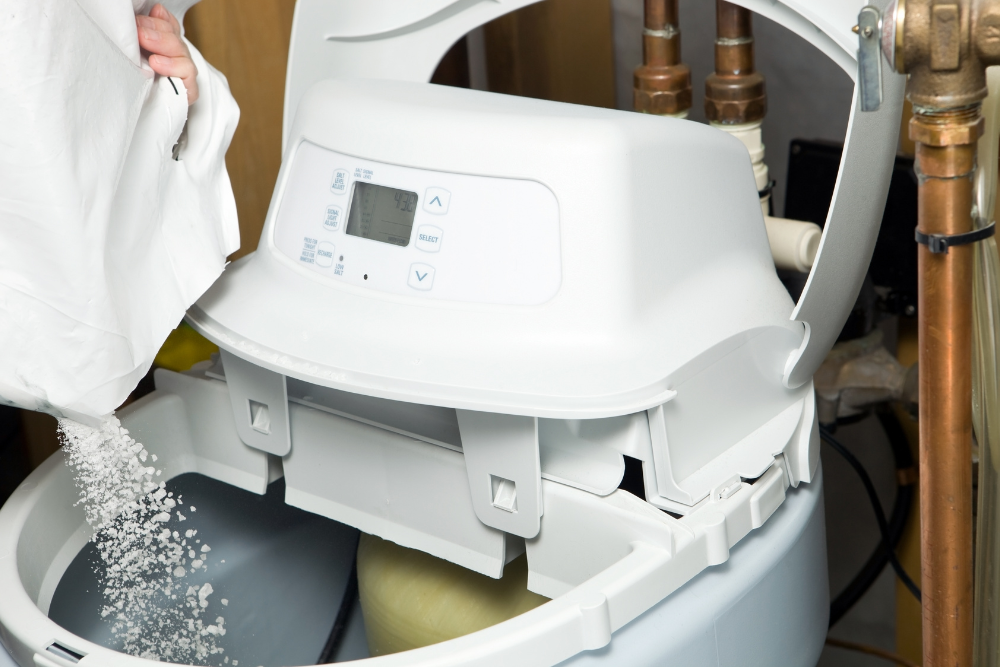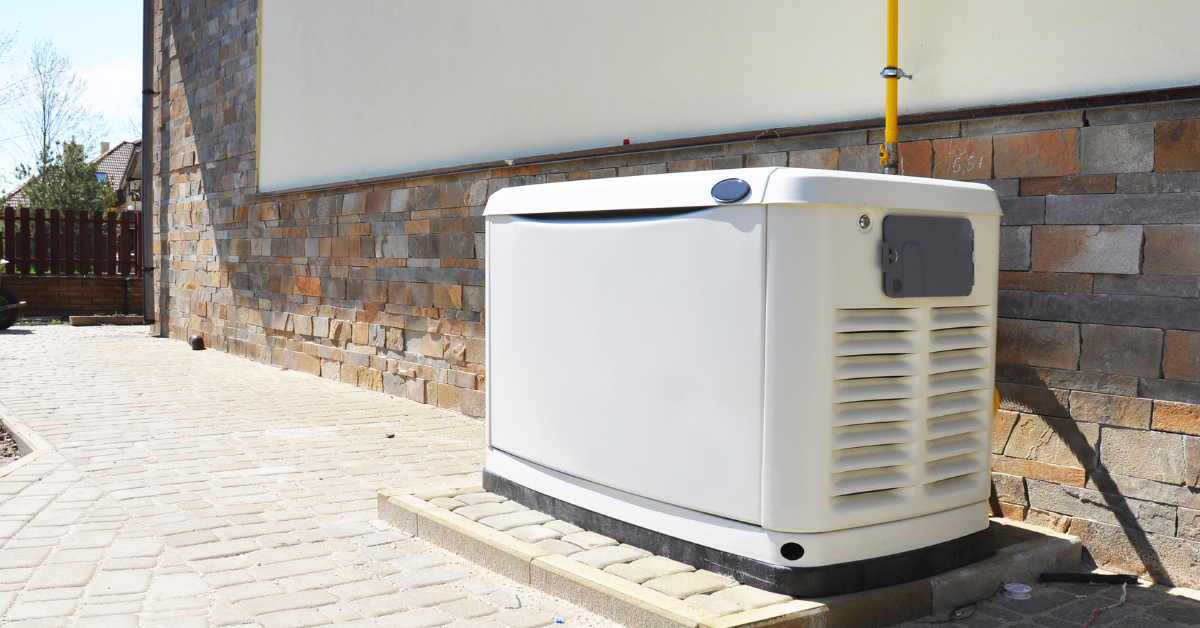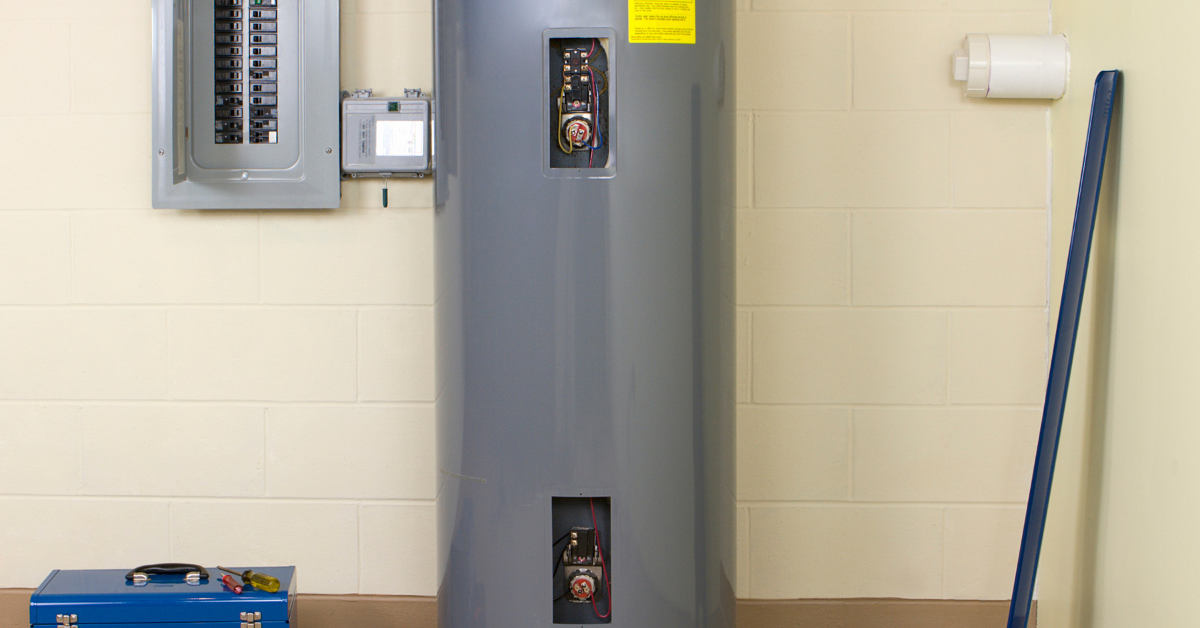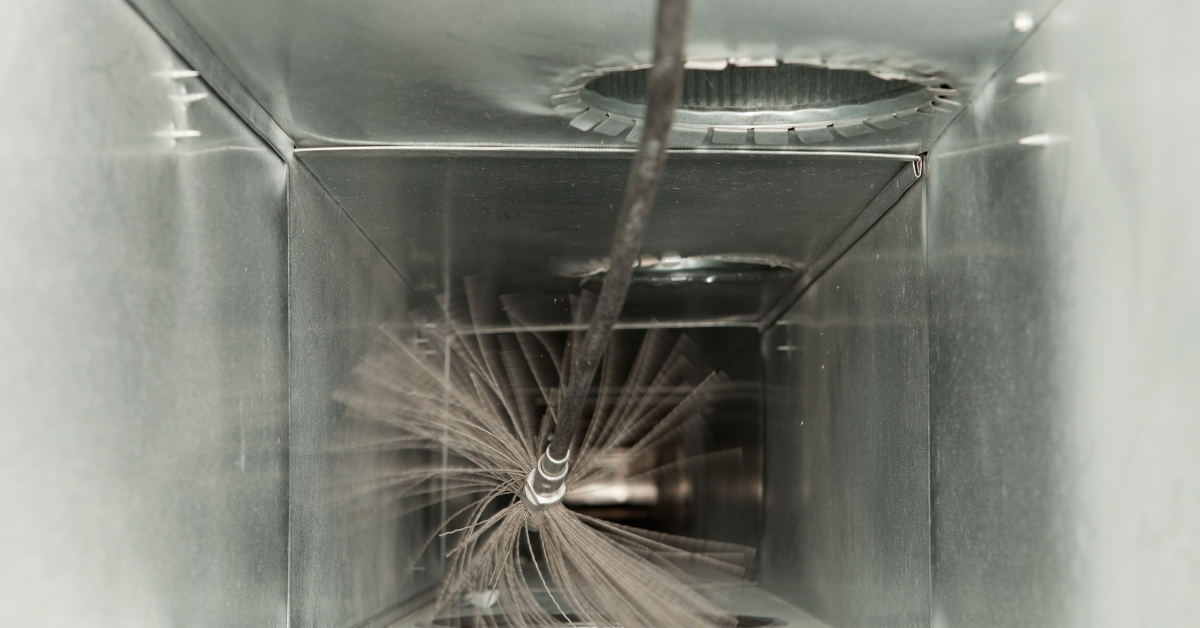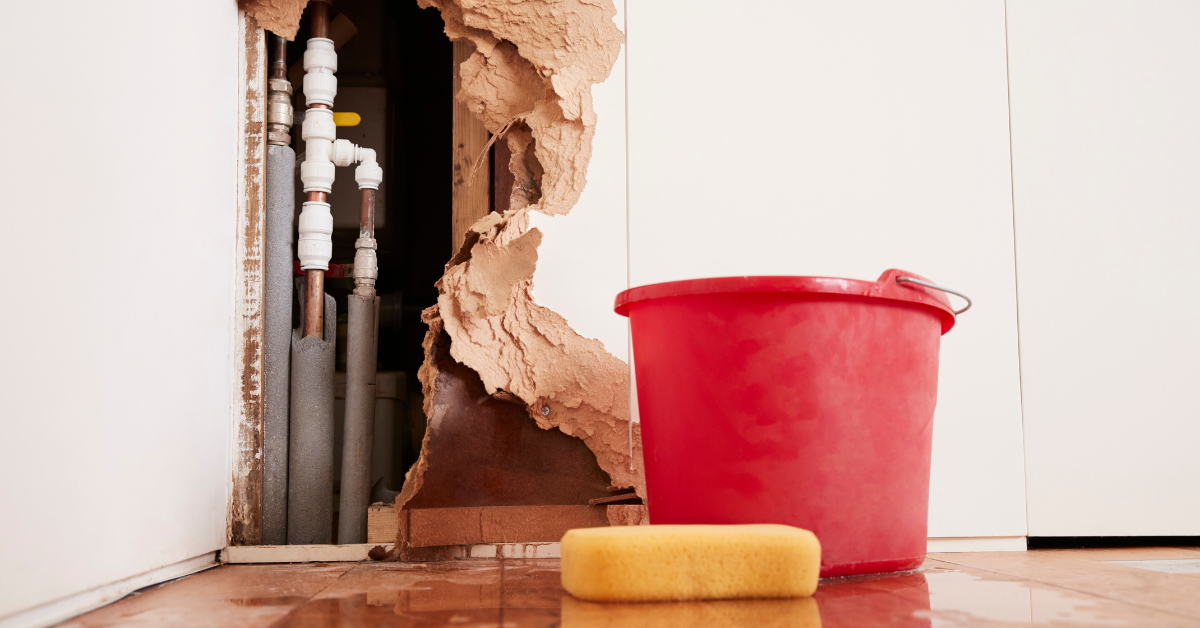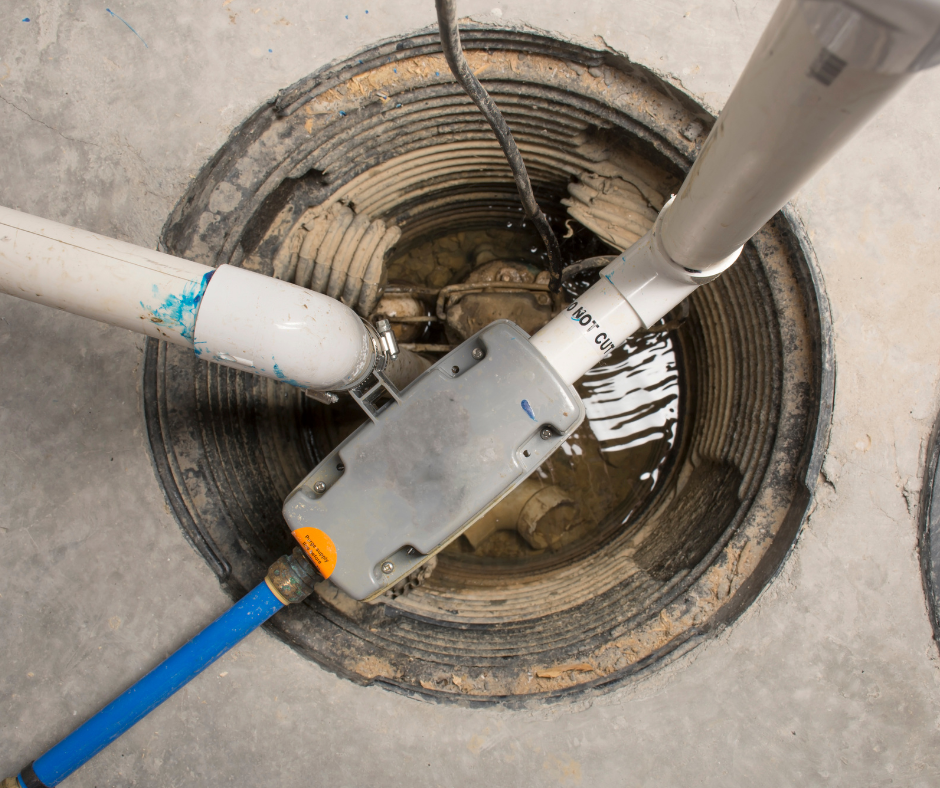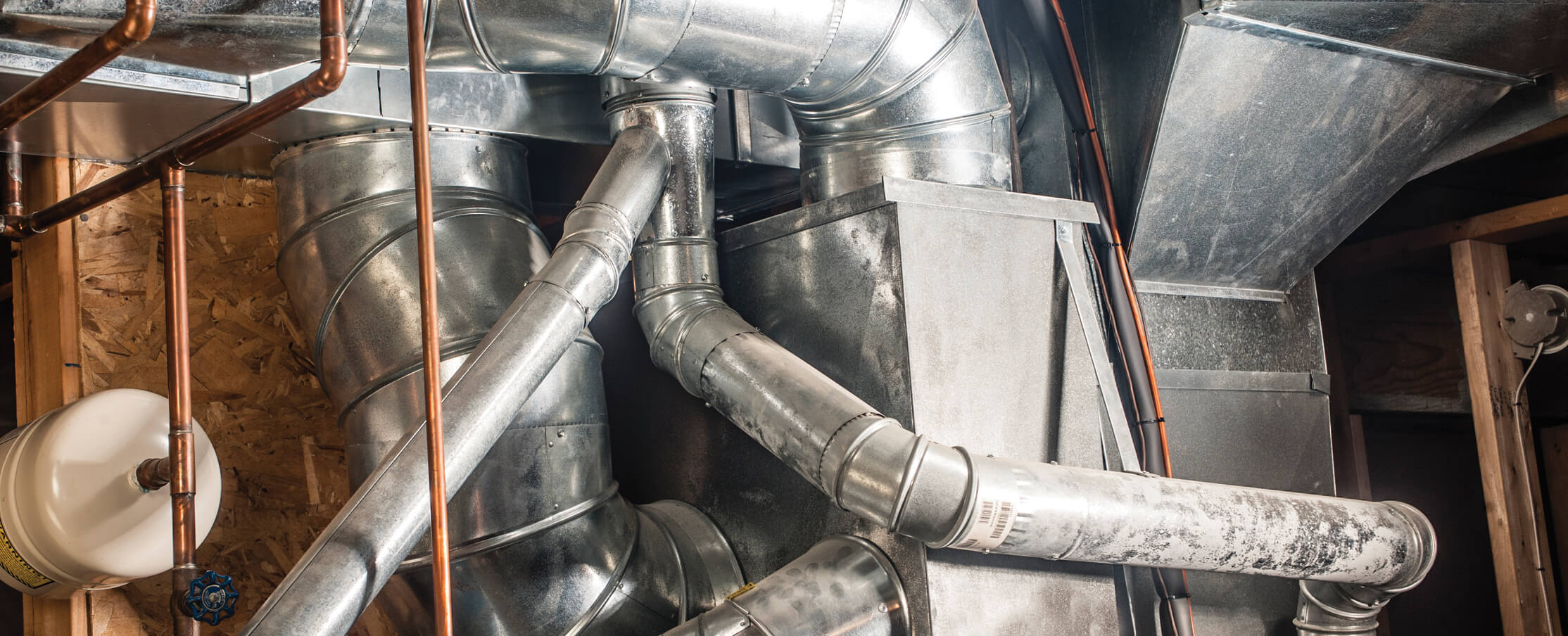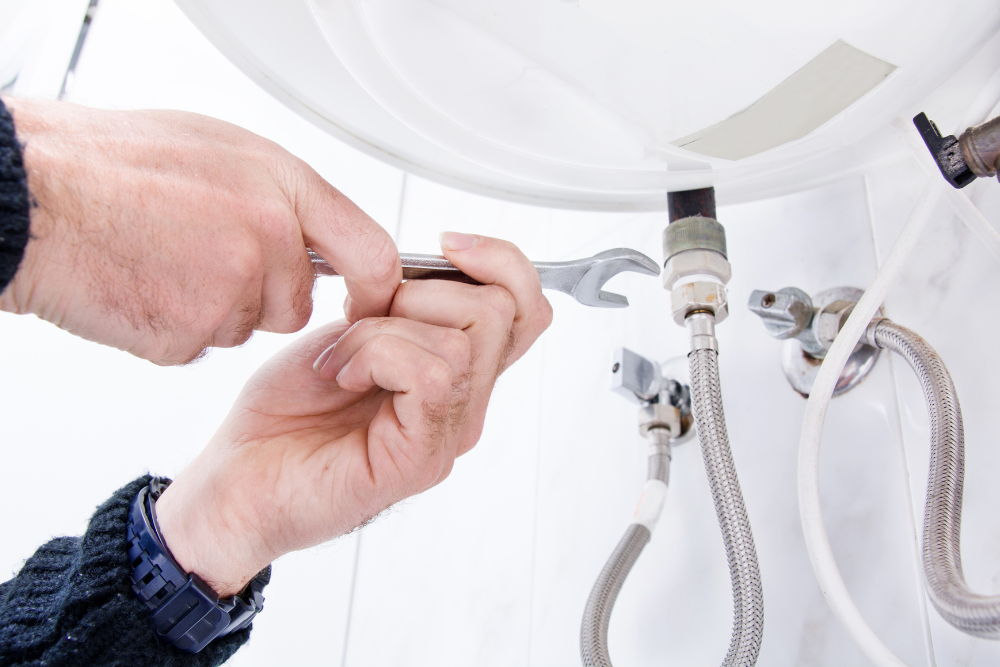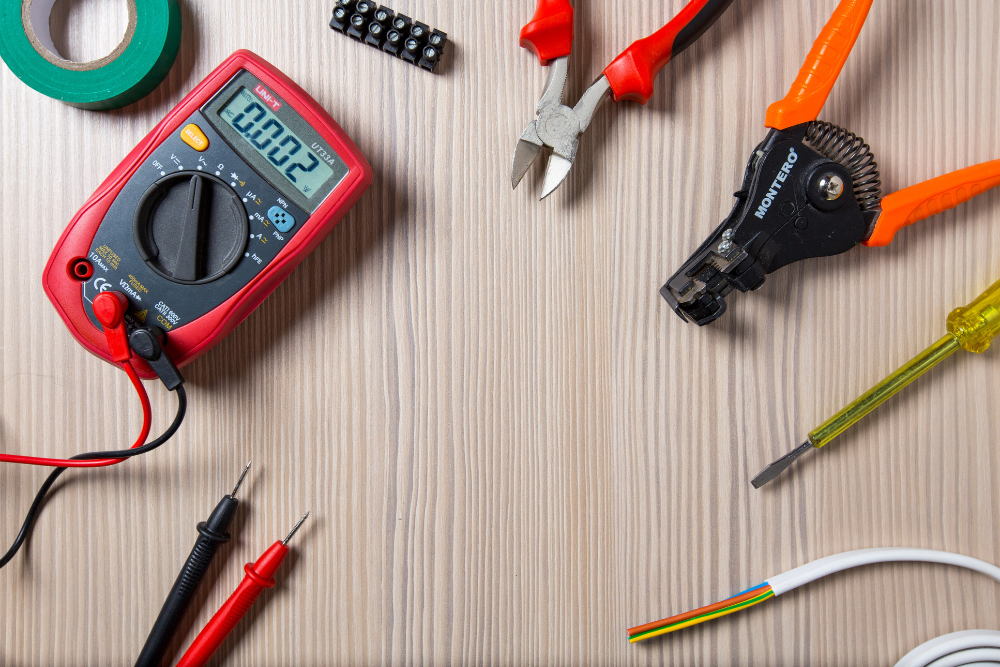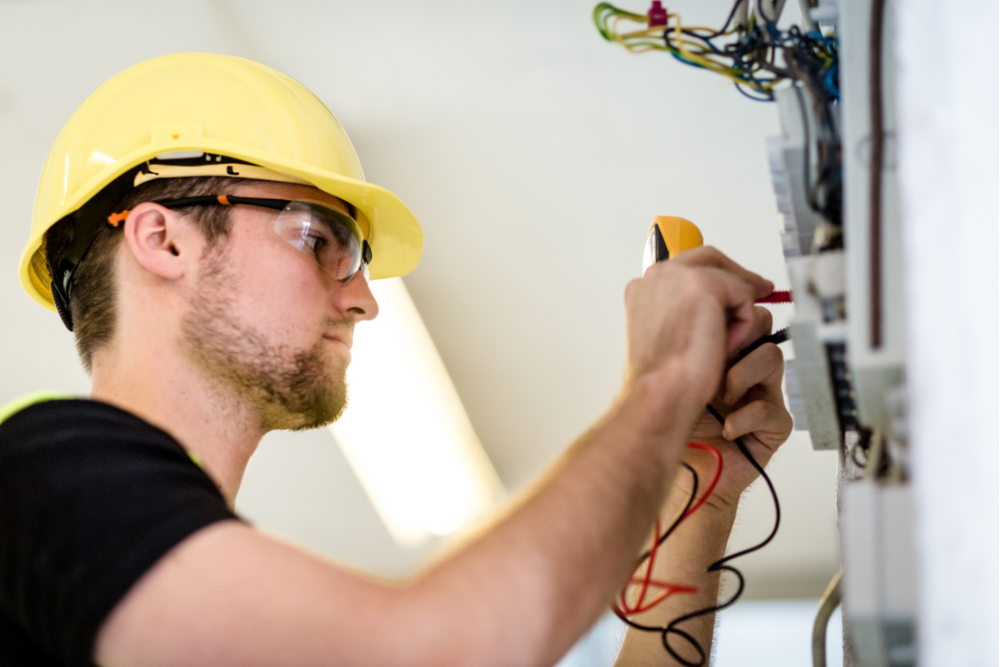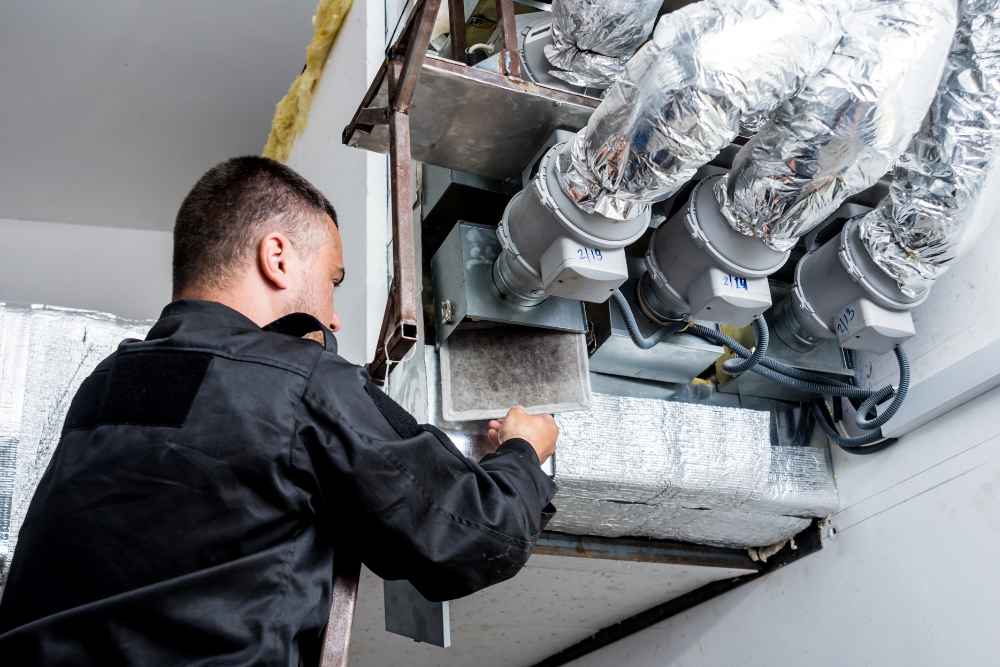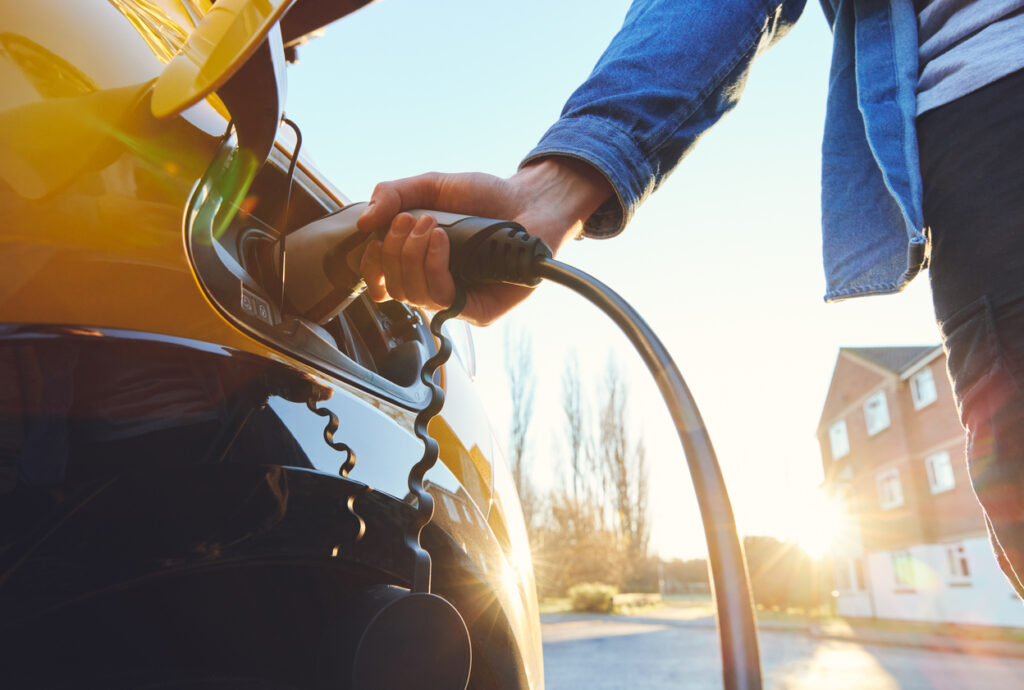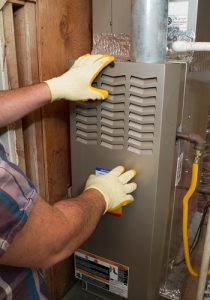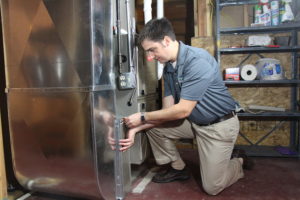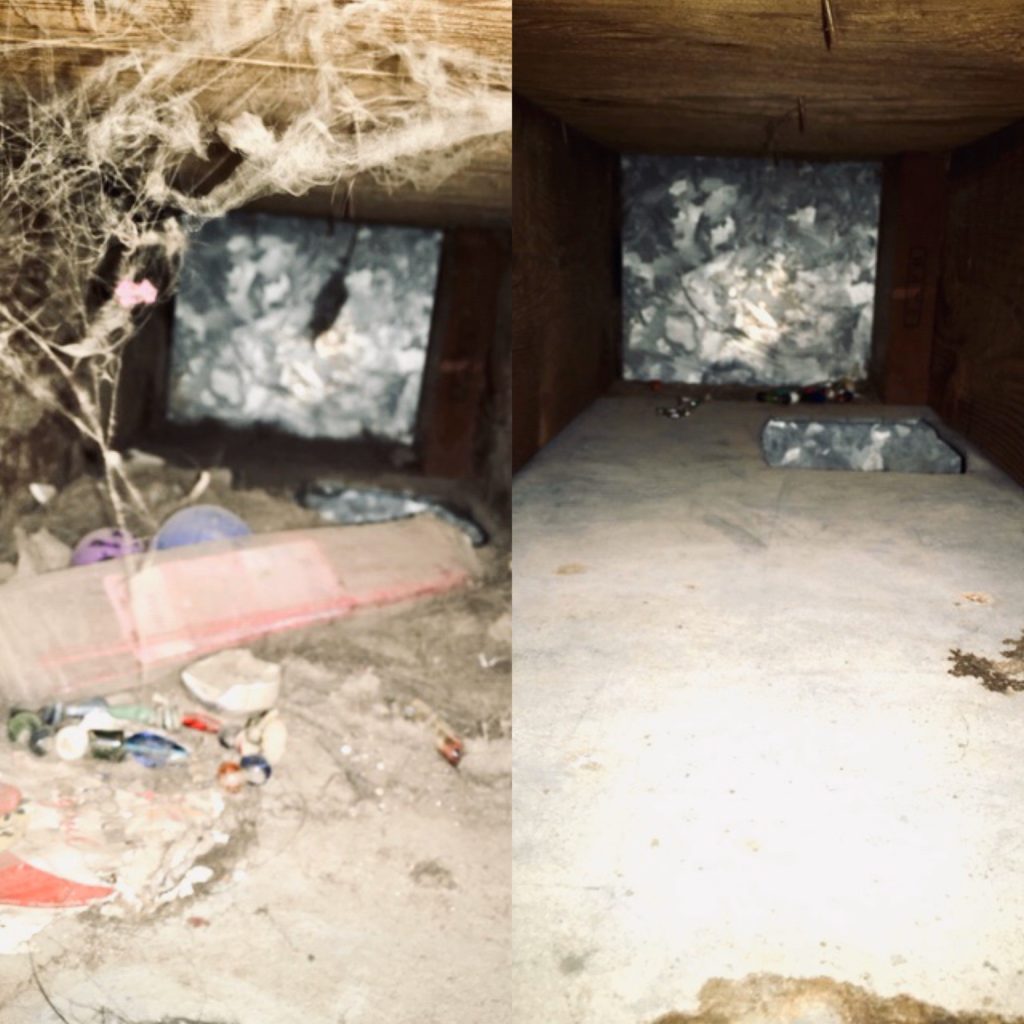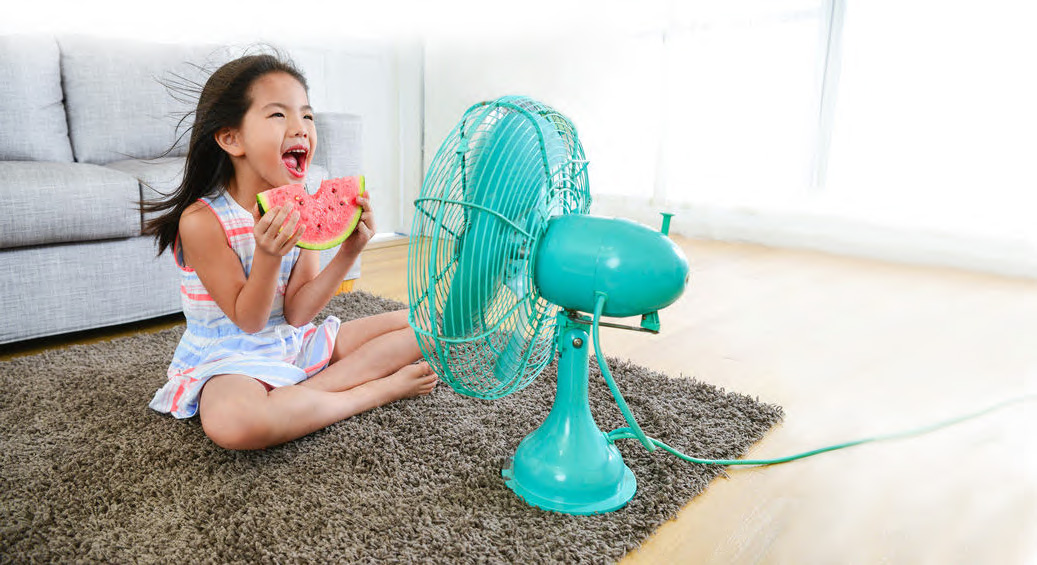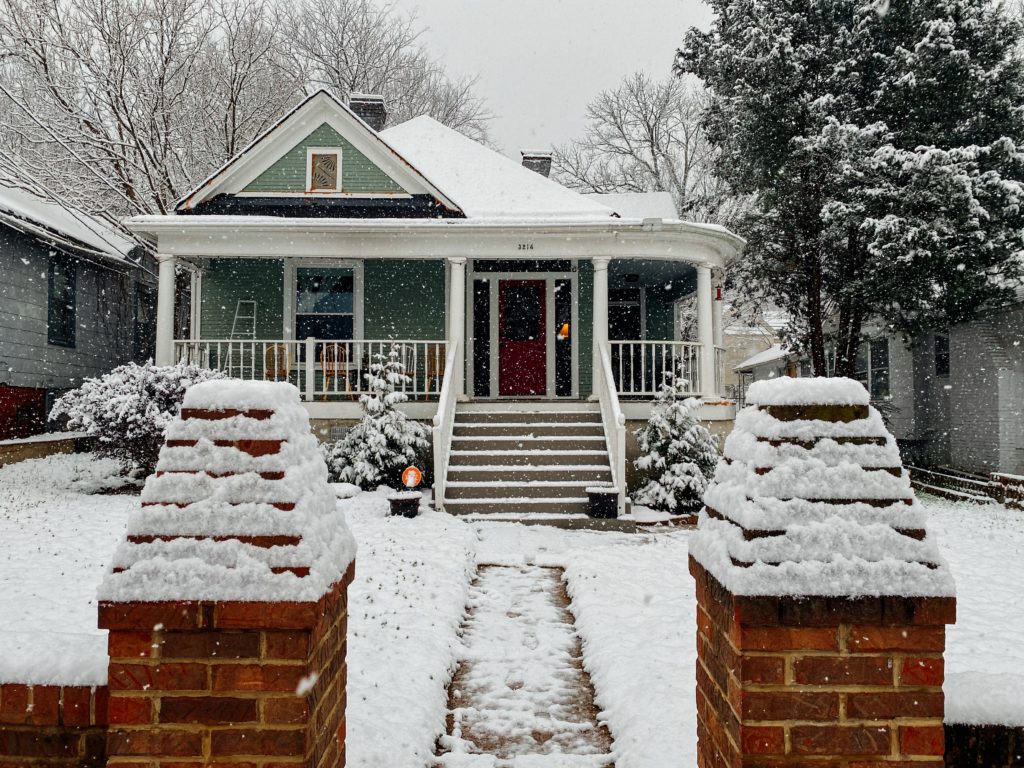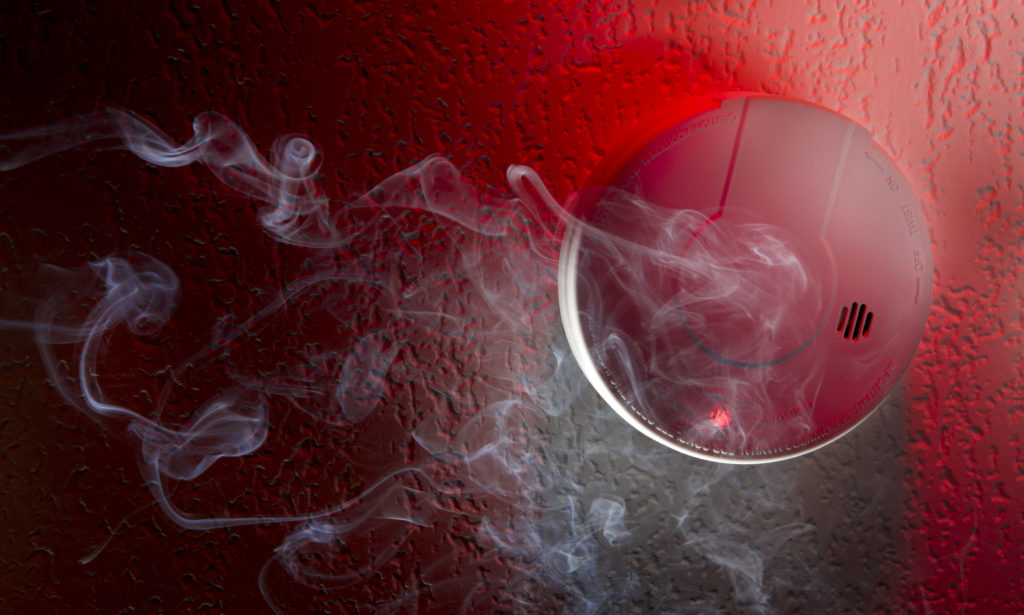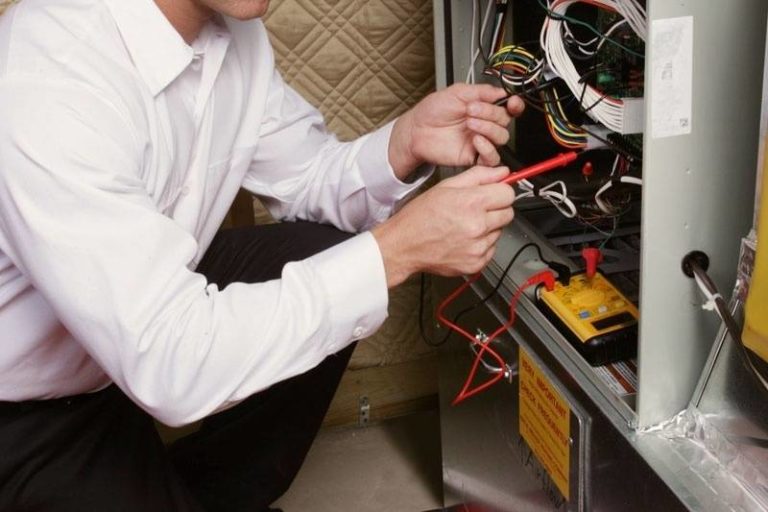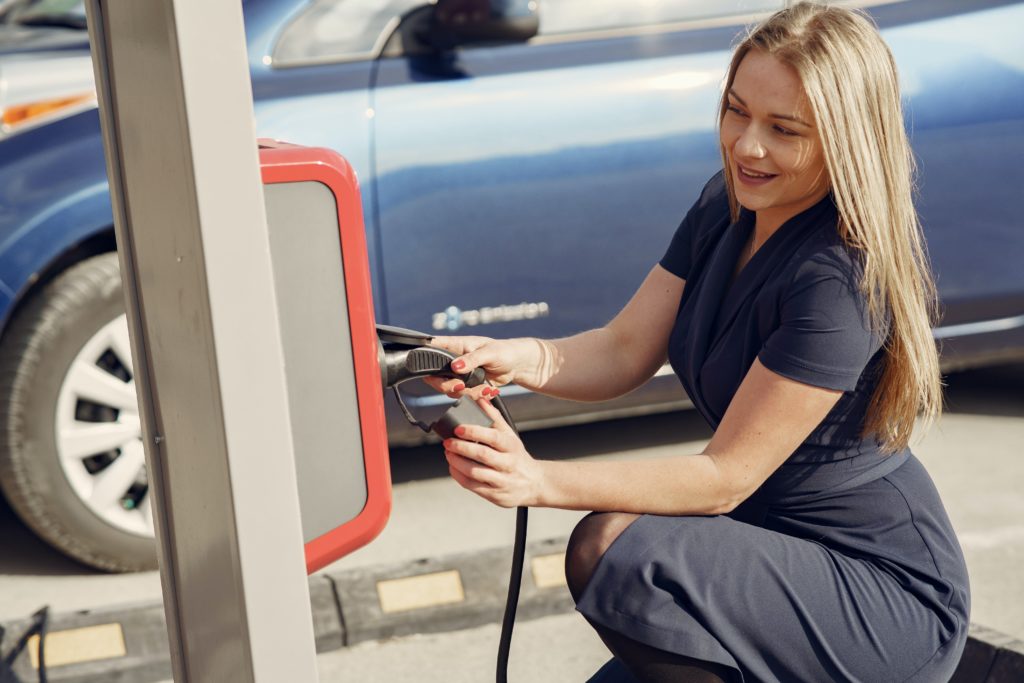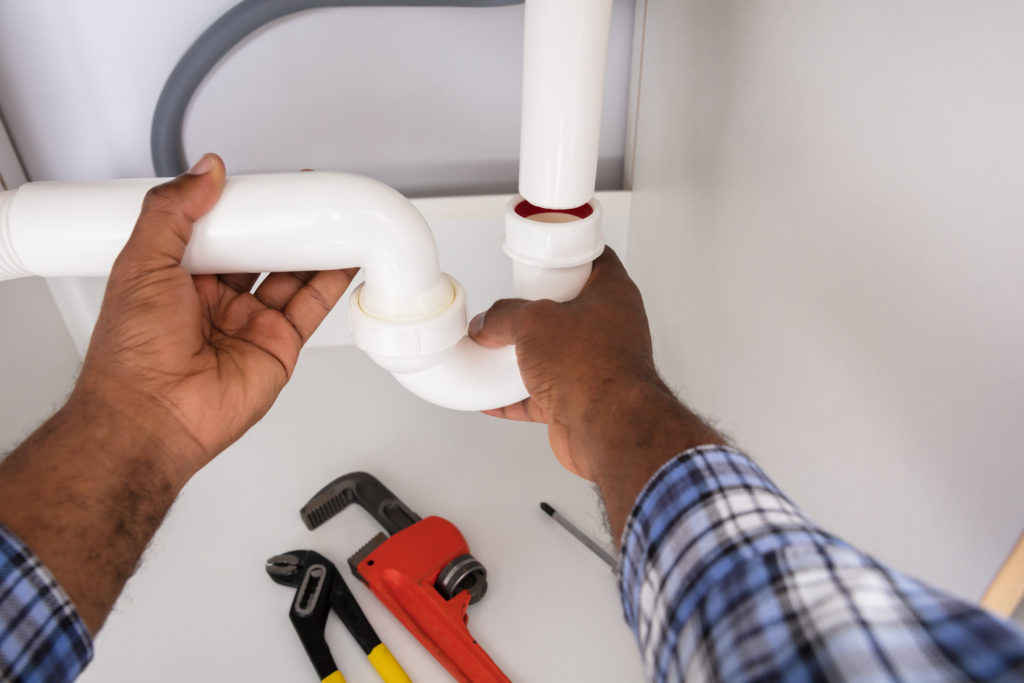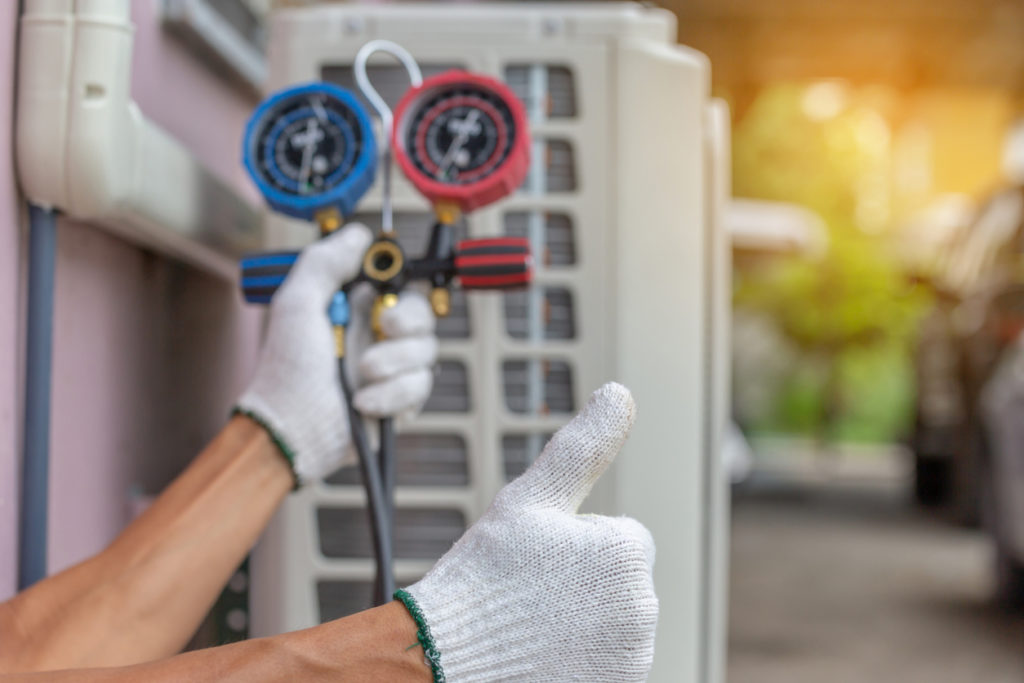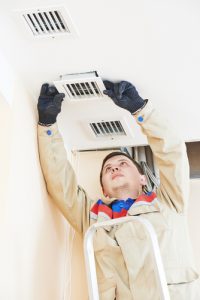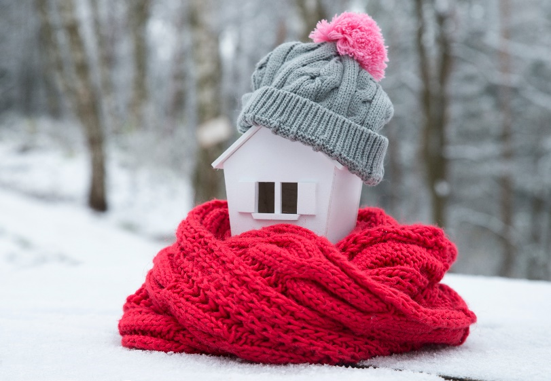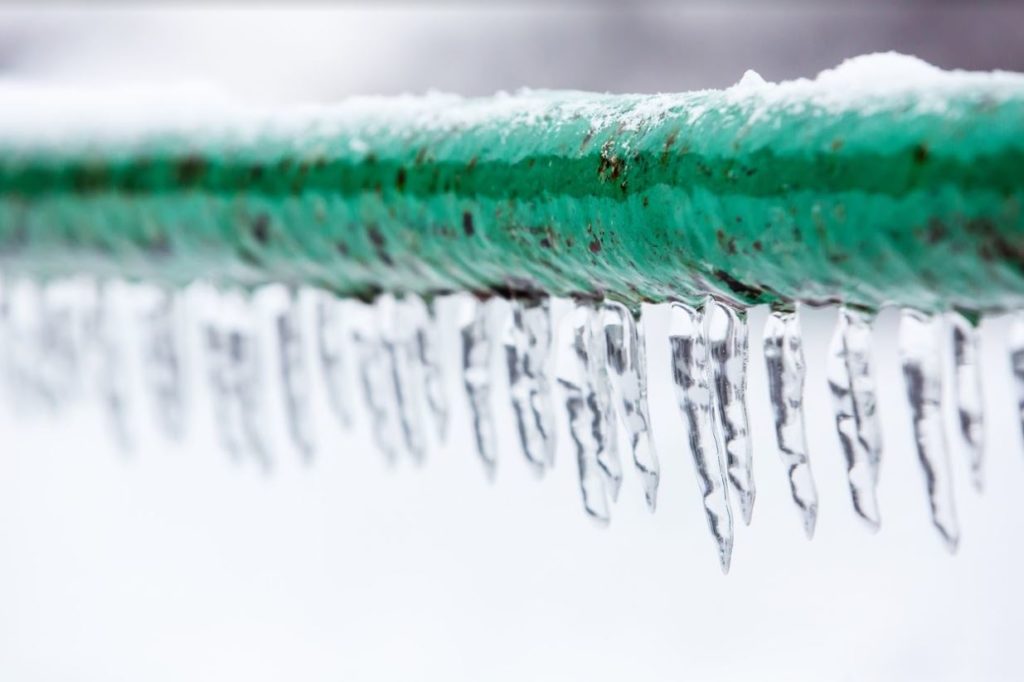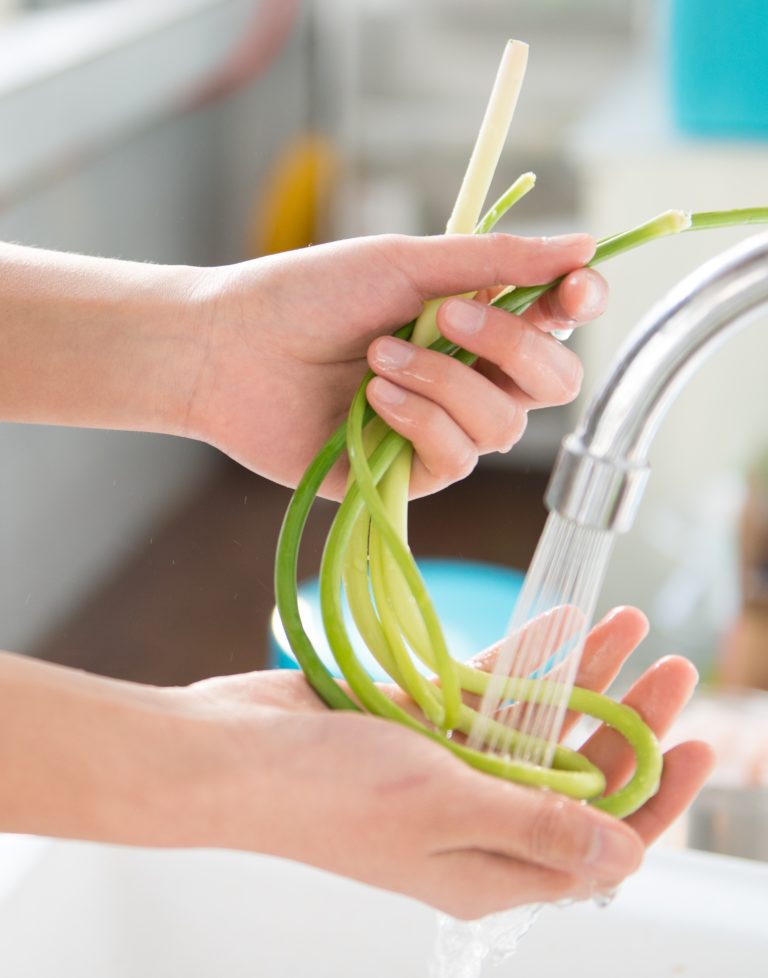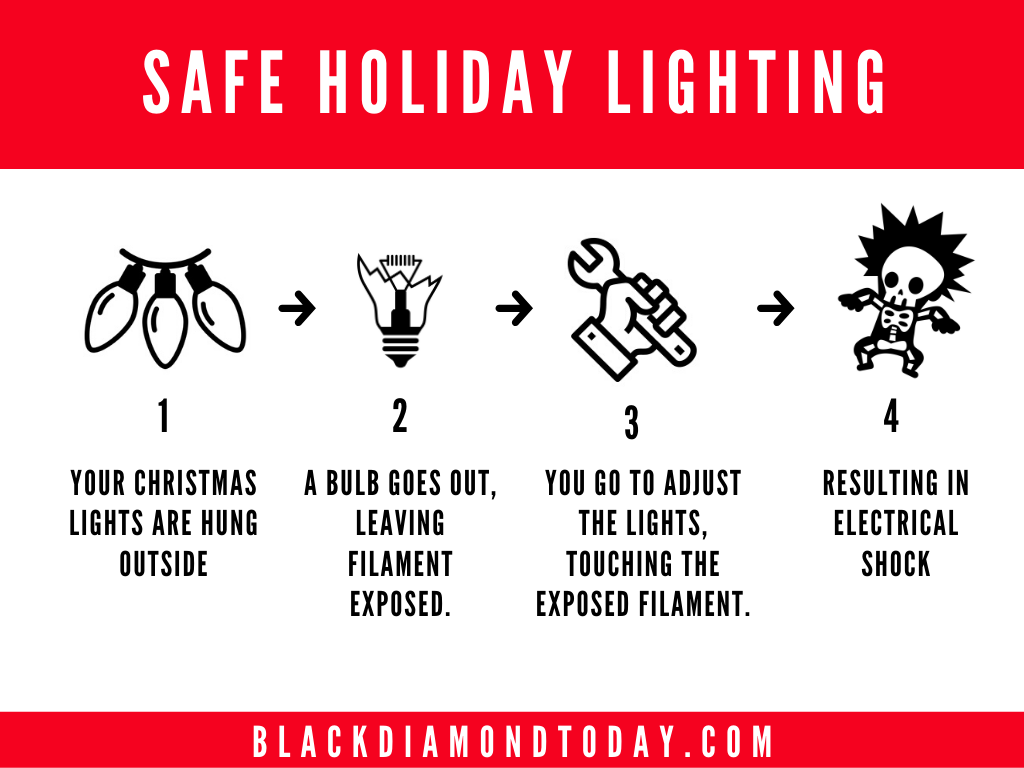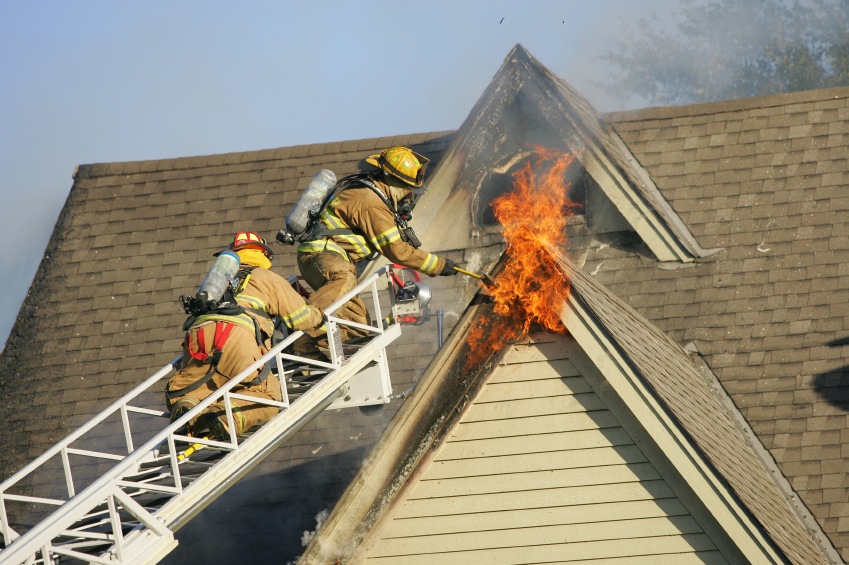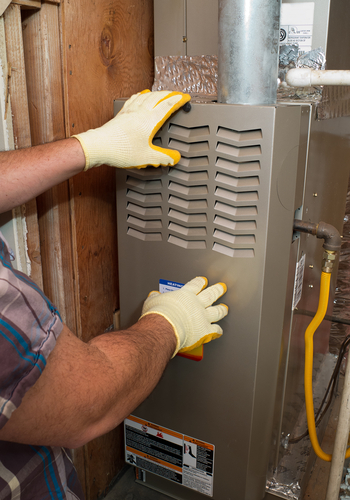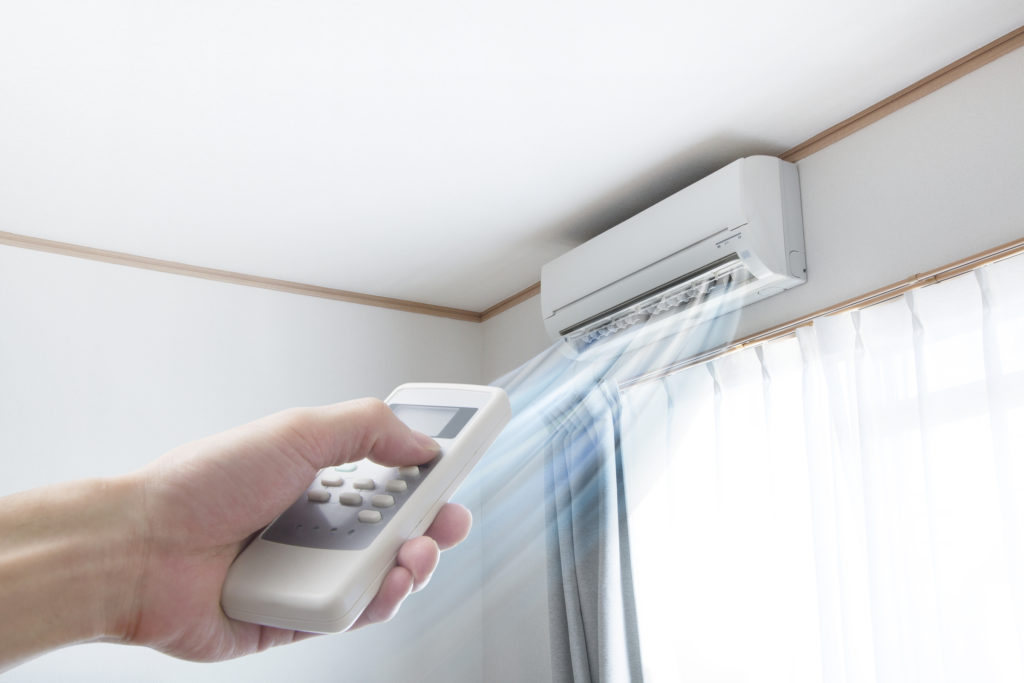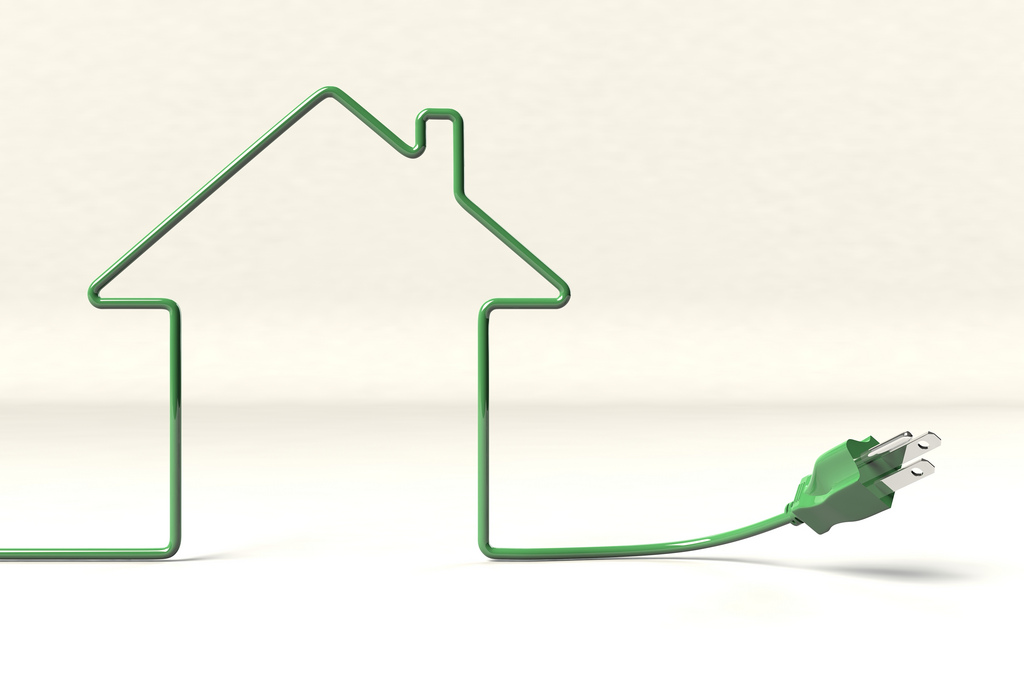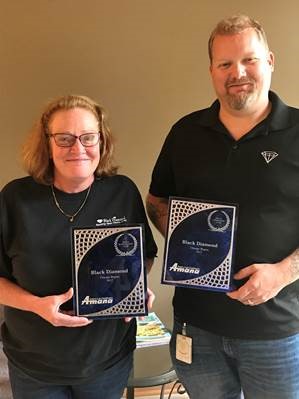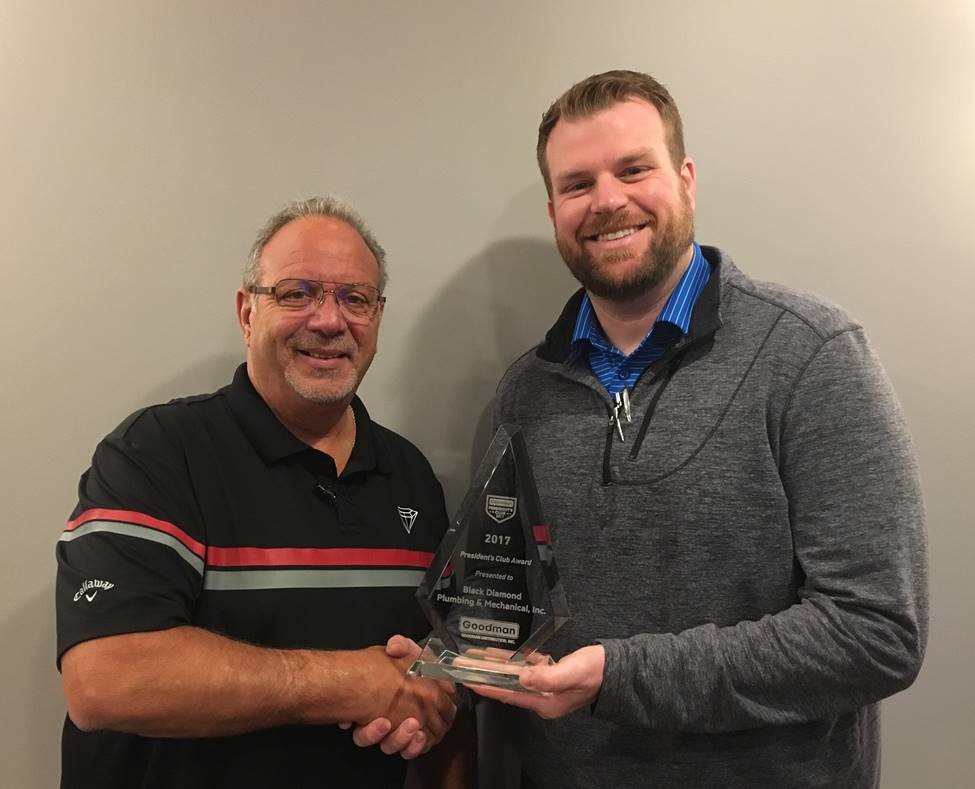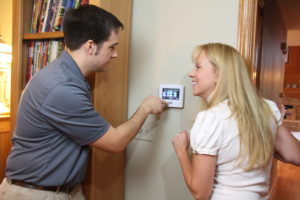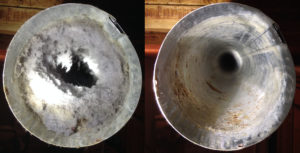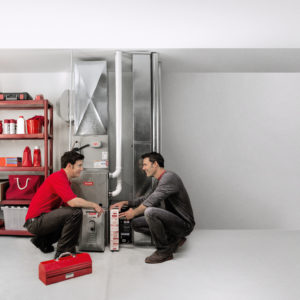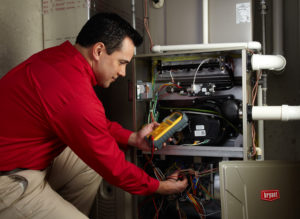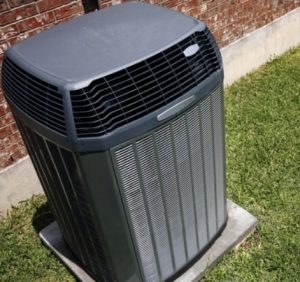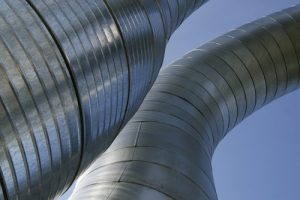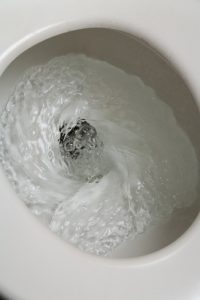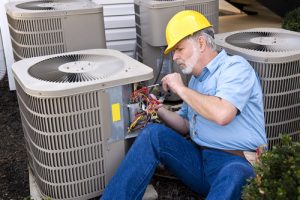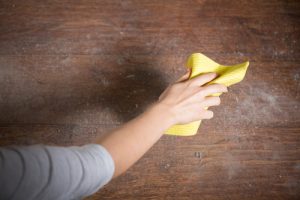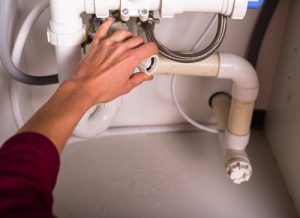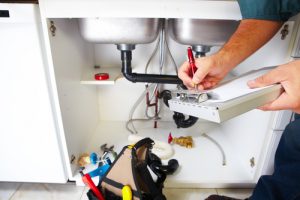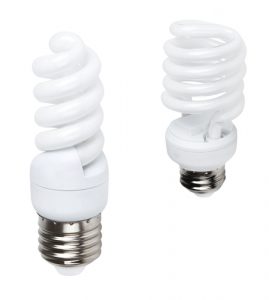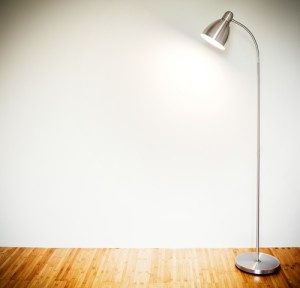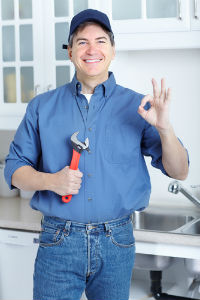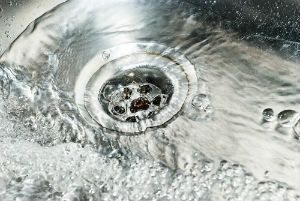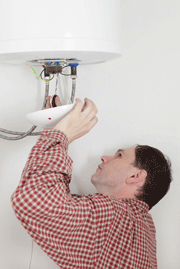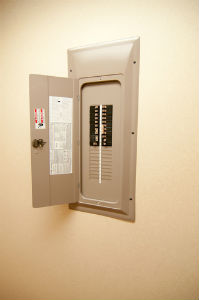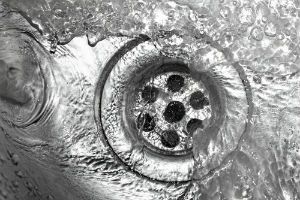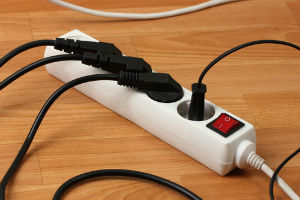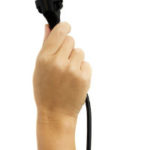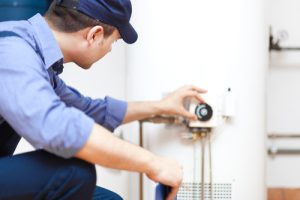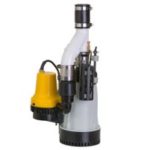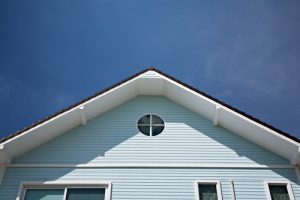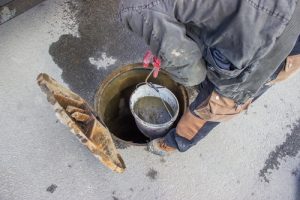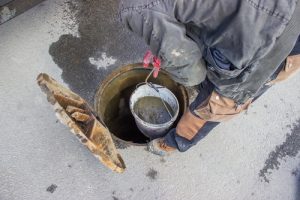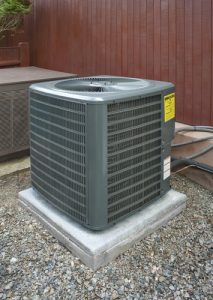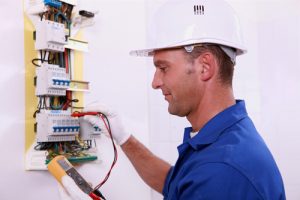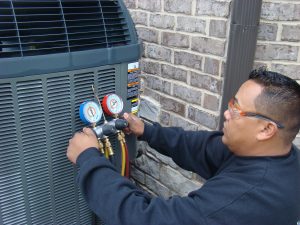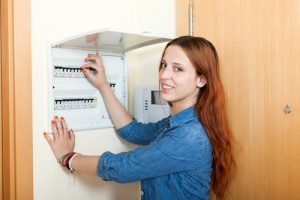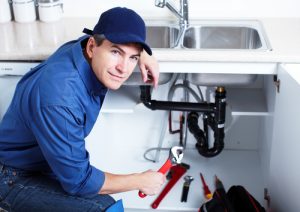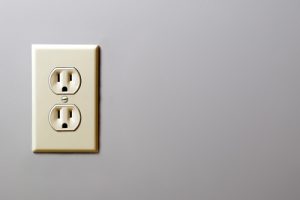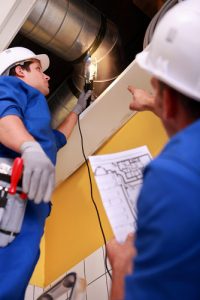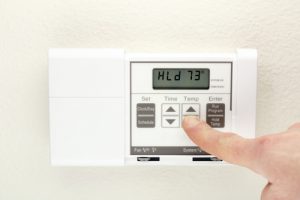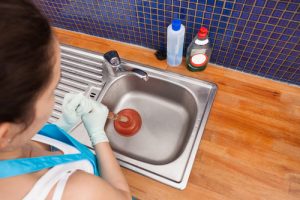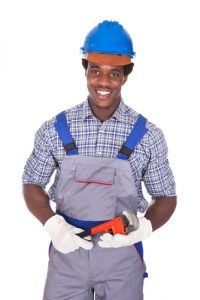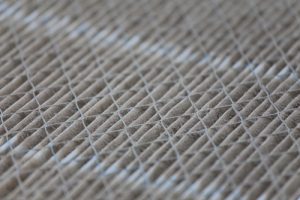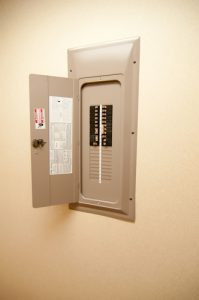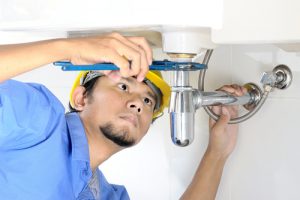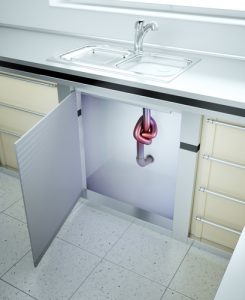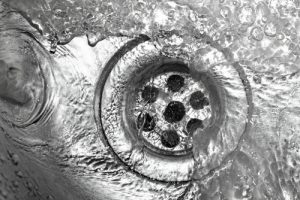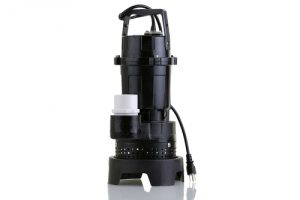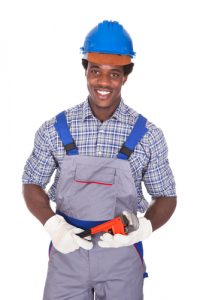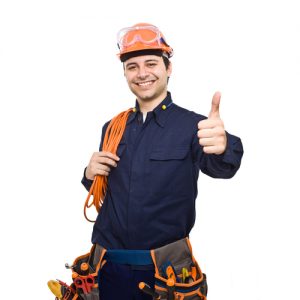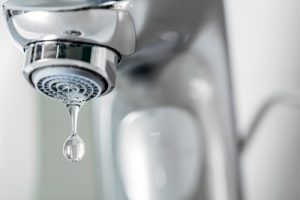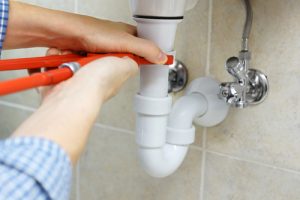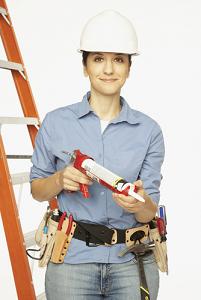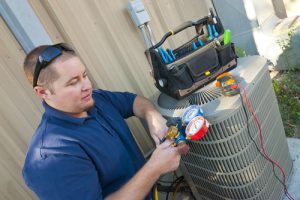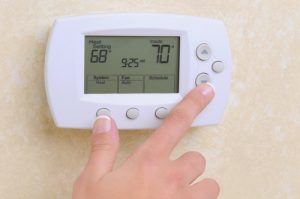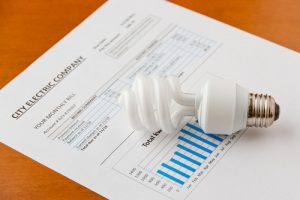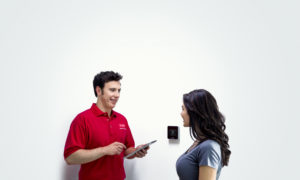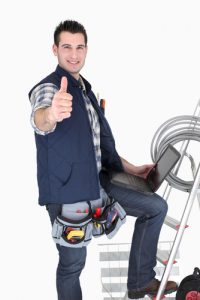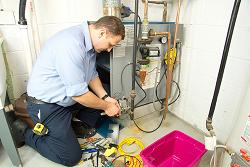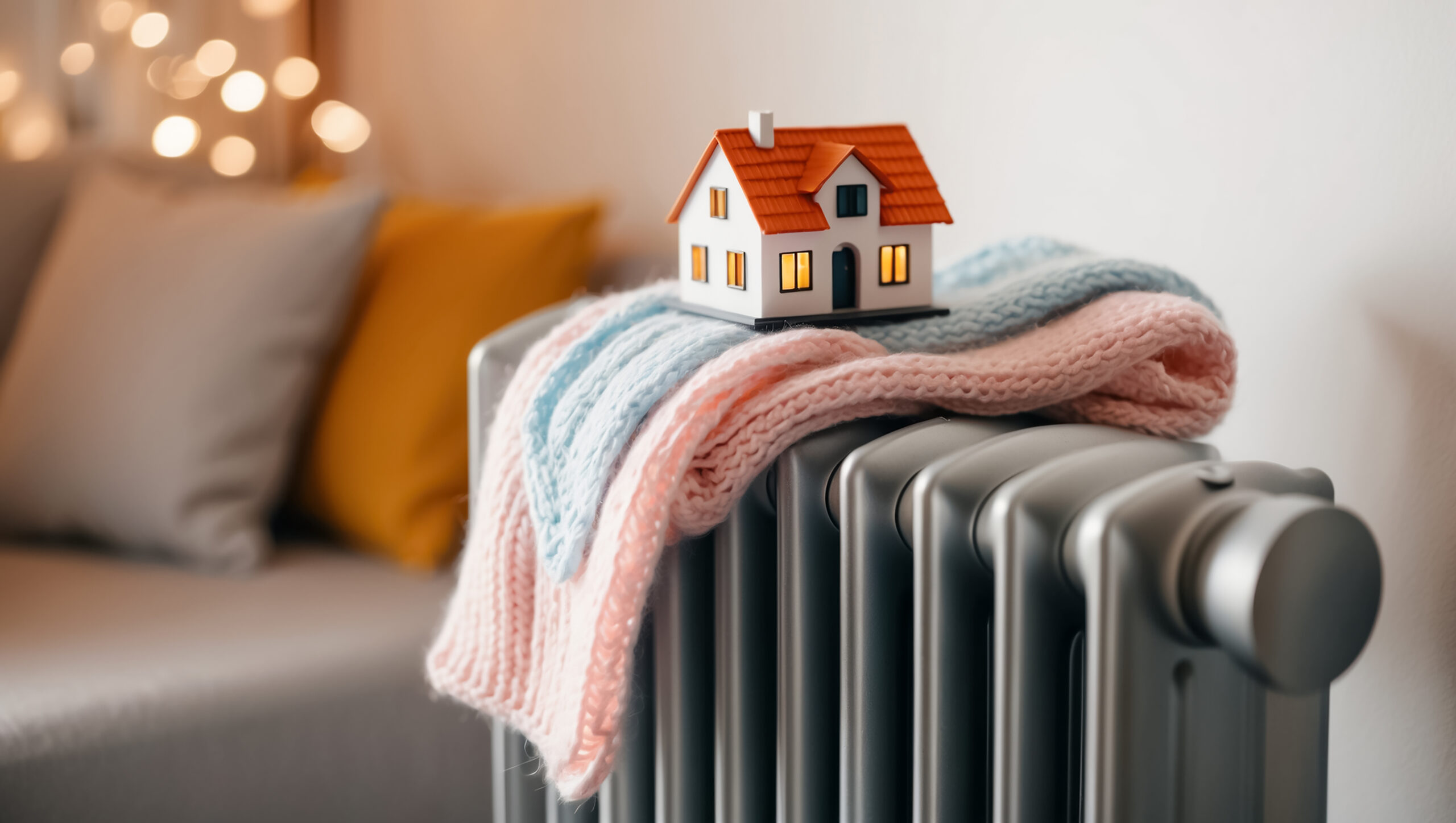Sump Pumps — Keeping Your Home Safe From Inadvertent Flooding
Chicagoland storms can be severe, dumping substantial amounts of rain on your home in a short amount of time. Melting snow and ice can be responsible for overflowing drain systems. Apart from the weather, plumbing problems or serious leaks can release hundreds of gallons of water into your basement area. These sources of inadvertent flooding can cause serious damage to your belongings, your flooring and carpeting, and the structure of your home itself. Sump pumps are effective tools to use to remove water from your basement and guard against indoor flooding.
The Basics of Sump Pumps
Sump pumps are powerful water pumps that help you control the accumulation of water in your basement and underneath your home. These pieces of equipment are usually housed in a sump pit, a hole or depression built directly into your basement floor or the bottom of a crawl space. The pit is usually circular and about two feet deep and 18 inches wide. The sump pit is placed at the lowest point on the floor, which means water entering your basement will naturally flow into the pit. Some systems have specially designed drains that direct water into the pit. Water can also enter the pit through natural flow and migration through the soil surrounding your basement.
In many types of sump pumps, a float switch on the pump rises along with the water level in the pit, triggering the pump’s action when the water gets high enough. Other types of pumps require water levels to rise over the unit’s motor or activate a pressure sensor. When the water reaches a specified level, the sump pump activates, pulling water out of the pit and directing it out through drain pipes to a sloped backyard or into the municipal sewer system. The action continues as long as water keeps flowing into the sump pit. When the water is pumped out, and the water level in the pit falls to a safe level, the sump pump shuts off.
Automatic sump pumps are the most useful and convenient for homeowners. They can be left on and will work whenever the water level in the sump pit requires pumping. Manual sump pumps that can be turned off and on by the homeowner are available, but they’re not always a good choice. For example, if a flood occurs when the homeowner is away, a manual pump can’t remove the water, and significant damage could result.
Sump pumps can’t stop water from entering your basement, especially during severe storms or other events that produce excess water. However, they’re among the most effective tools for removing floodwater and keeping the lower levels of your home dry and free from mold, mildew, and water damage.
Types of Sump Pumps
Homeowners are most likely to encounter one of the following three types of sump pumps when they’re searching for this type of equipment:
- Pedestal sump pumps: This type of sump pump has an open motor placed on the top of a column attached to the casing of the pump. The motor, which isn’t intended to be submerged in water, is raised high enough to be outside the sump pit and above the basement floor. You may also see these units called the column or upright sump pumps.
- Submersible sump pumps: Submersible sump pumps have motors that are designed to be submerged in water. The watertight motor can sense when the water has risen over it and will activate when water covers it. Submersible sump pumps don’t extend above the surface of the sump pit and are designed to be hidden and contained within the pit.
- Water-powered sump pumps: Water-powered sump pumps use the pressure of city water supplies instead of electrical power to create the necessary pumping action. They’re less powerful than pedestal or submersible sump pumps, and they don’t require electrical power or a battery backup to run. They’re useful only in areas where municipal water supplies are delivered at substantial pressure. If your local water pressure is low or if you get your water from a well or cistern, a water-powered sump pump won’t have enough pressure to function.
Sump Pumps: How to Choose the Best One
Since sump pumps are essential pieces of emergency equipment, care should be taken when choosing and installing one. Make sure the sump pump you choose has the features and characteristics that will make it the most effective device for your needs. The following suggestions can help you narrow down your choice.
- Ensure the sump pump is correctly sized. A sump pump must have the capacity to move sufficient amounts of water to keep your basement, crawl space and other lower-level areas dry. A properly-sized pump requires an adequate level of head pressure, sometimes known as total developed head. Head pressure indicates how high the pump can raise water to remove it from your basement. For example, if you’re pulling water out of a sump pit that’s two feet deep and sending it up an eight-foot wall, the head pressure must be at least 10 feet to provide proper water removal.
- Install a sump pump that has an emergency alarm. This alarm will alert you if critical events occur, such as loss of electrical power, dead battery or pump failure.
- Make sure the sump pump you choose is rugged enough to function under real-world conditions in your home. Cast-iron sump pumps are very tough and will work under most adverse conditions. Other types of pumps are made of plastic, stainless steel, or other lighter, less sturdy materials.
- Ensure the pump will operate with a standard 110-volt household electric current and that the cord is long enough to reach a power outlet. Sump pumps shouldn’t be plugged into extension cords.
- Don’t buy a pump with more horsepower than you need. A one-quarter to one-third horsepower pump will generally be powerful enough for most situations.
Testing and Maintaining Sump Pumps
Occasional testing of your sump pump will ensure it will work when it’s needed. Have a professional perform maintenance checks at least annually to check the pump’s operation, tune up its function and repair any issues that arise. Sump pump testing and maintenance can include steps such as:
- Make sure the power supply works and that there’s no damage to the pump’s cord, power switches, or other components.
- Fill the sump pit with water to a level that’s supposed to cause the pump to activate. If the pump doesn’t turn on, call for repair as soon as possible.
- Alternatively, lift the float switch by hand to see if the unit comes on. Failure of the pump to activate indicates the need for a professional inspection and repair call. Be very careful that you don’t leave the pump on for more than a few seconds without water in the pit. Operating a pump without water flowing through it can severely damage the pump.
- Remove any debris, dirt, or other material from the sump pit.
- Run clean water through the sump pump to help break up and remove any accumulations of dirt and other material inside the pump.
Sump Pumps: Backups and Emergency Power
Typically sump pumps are powered by the electrical system of your home. However, if your home’s electricity goes out during a storm or other crisis, a sump pump that depends on a 110-volt household current won’t function. For this reason, you should also install a battery backup system to keep the pump running in case the main power supply fails.
A battery backup system should provide a substantial period of continuous pumping capacity in case your main power is off for a long period. Look for a battery backup that offers six to nine hours of pumping after the loss of household power.
If your battery backup is rechargeable, periodically check the battery and make sure it’s fully charged. Monthly checks are preferable, but if not, check the battery before each season when rain and flooding might be possible.
Keep in mind that different types of batteries require different types of maintenance. A dry-cell marine battery, for example, will need to be filled regularly to maintain function. A battery of this type should have a control box alarm that will alert you when the battery needs to be filled.
Automotive batteries or deep cycle batteries don’t perform as well as batteries that can be used and then recharged. Sealed maintenance-free batteries need little attention from you but usually last about 80 percent as long as other battery styles.
A Word on Installation
Sump pump installation requires the expertise of licensed electrical and plumbing professionals. The preparation of an effective sump pit may also require a professional with building or construction knowledge. Make sure the contractor you hire to install your sump pump is capable of carrying out all the tasks required for a safe and effective sump pump installation.
Black Diamond Plumbing & Mechanical provides reliable heating, cooling, plumbing, and electrical services. Contact us today for more information on sump pumps and for expert help choosing and installing a sump pump that will keep your home dry.
Recent Posts
Request Service
Please fill out the form and we will get in touch with you shortly. We look forward to serving you!
Request Service

Proudly Serving
The Chicagoland AreaAddison | Algonquin | Antioch | Arlington Heights | Aurora | Barrington | Bartlett | Batavia | Beloit | Belvidere | Bensenville | Bloomingdale | Bolingbrook | Buffalo Grove | Byron | Caledonia | Capron | Carol Stream | And Much More!
VIew ALL

